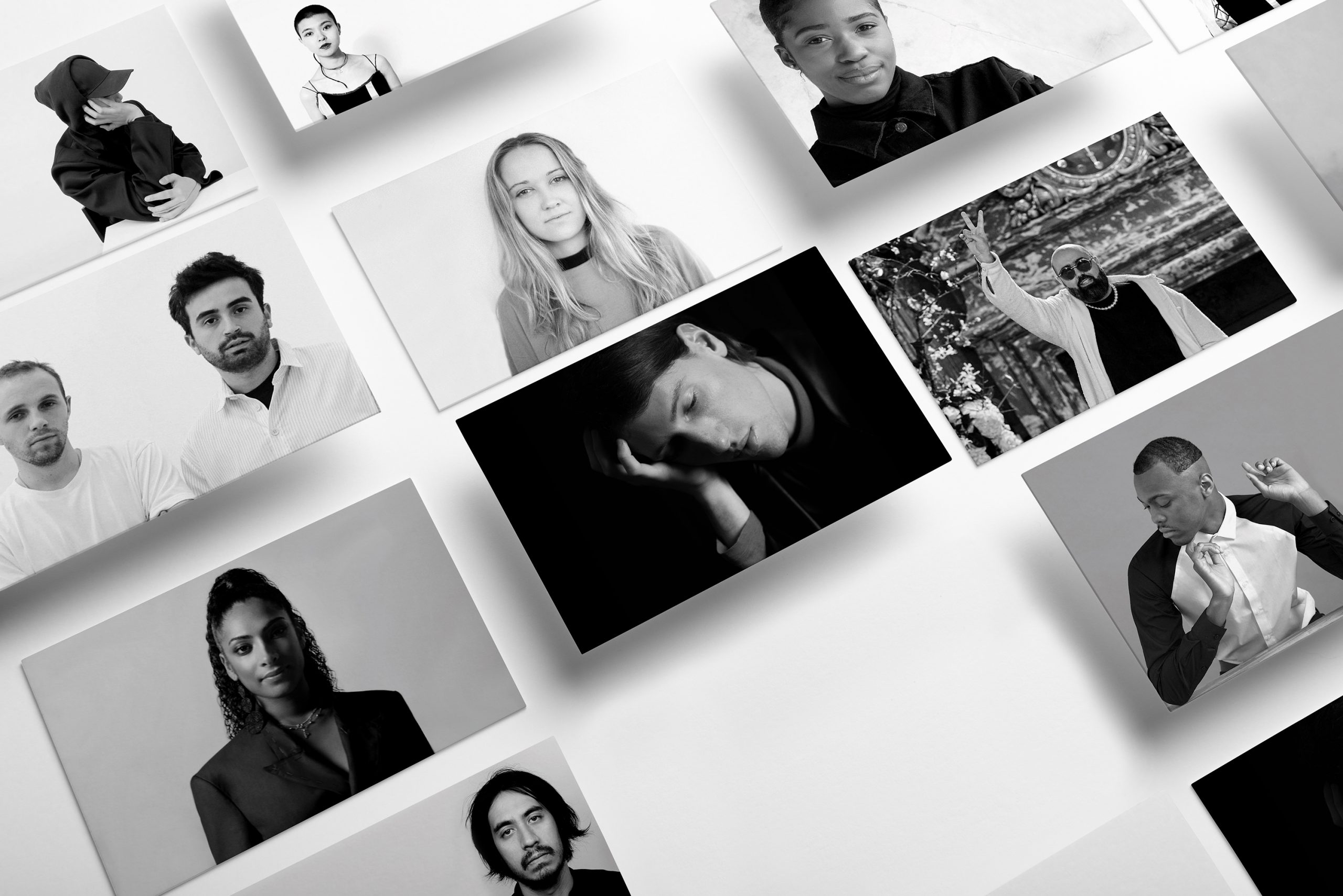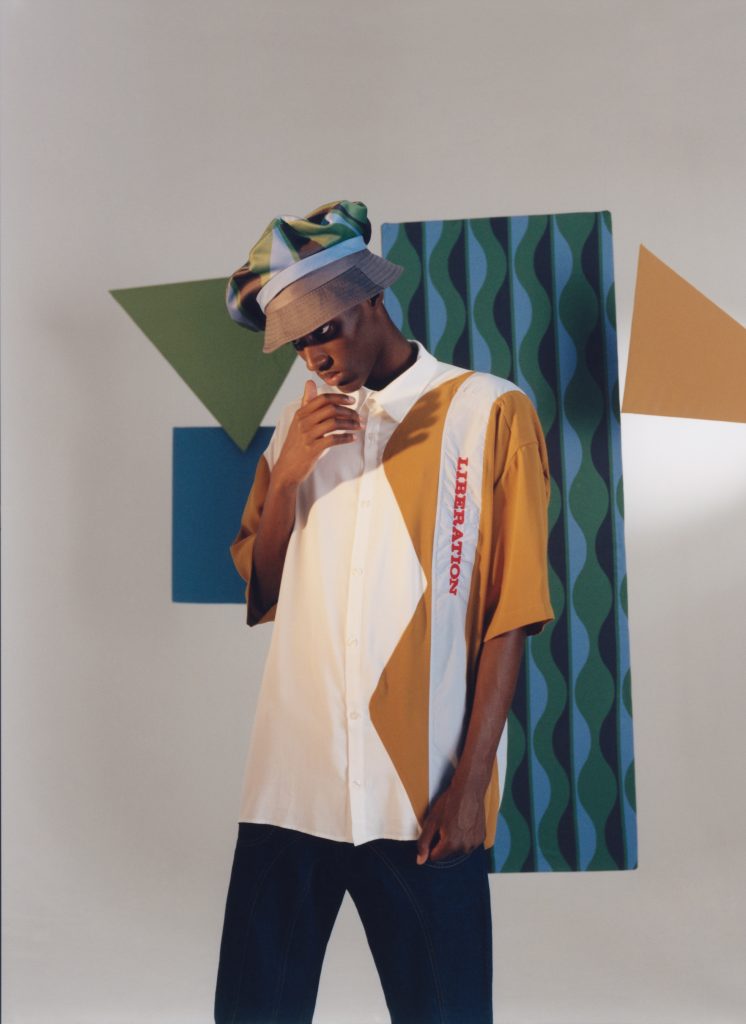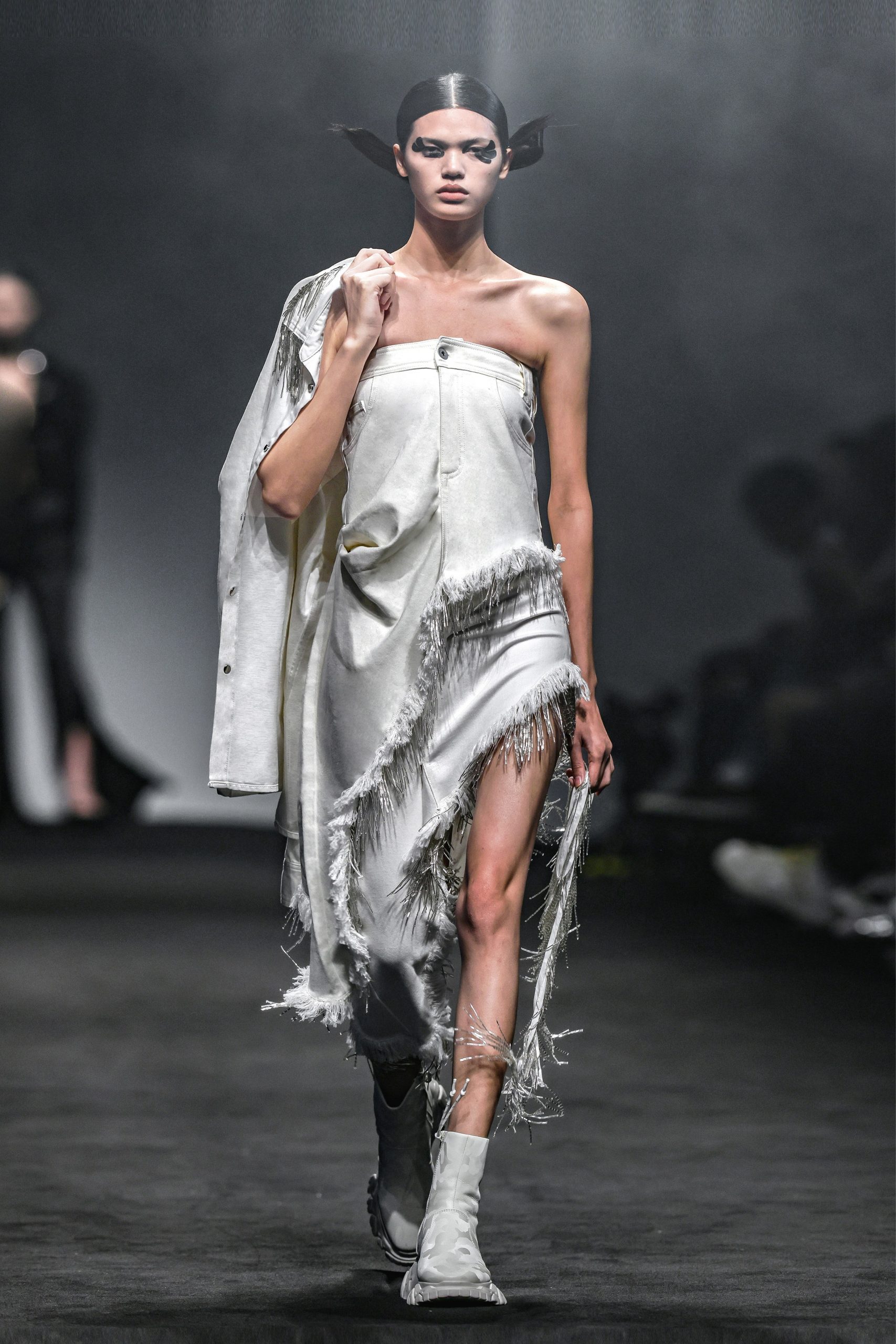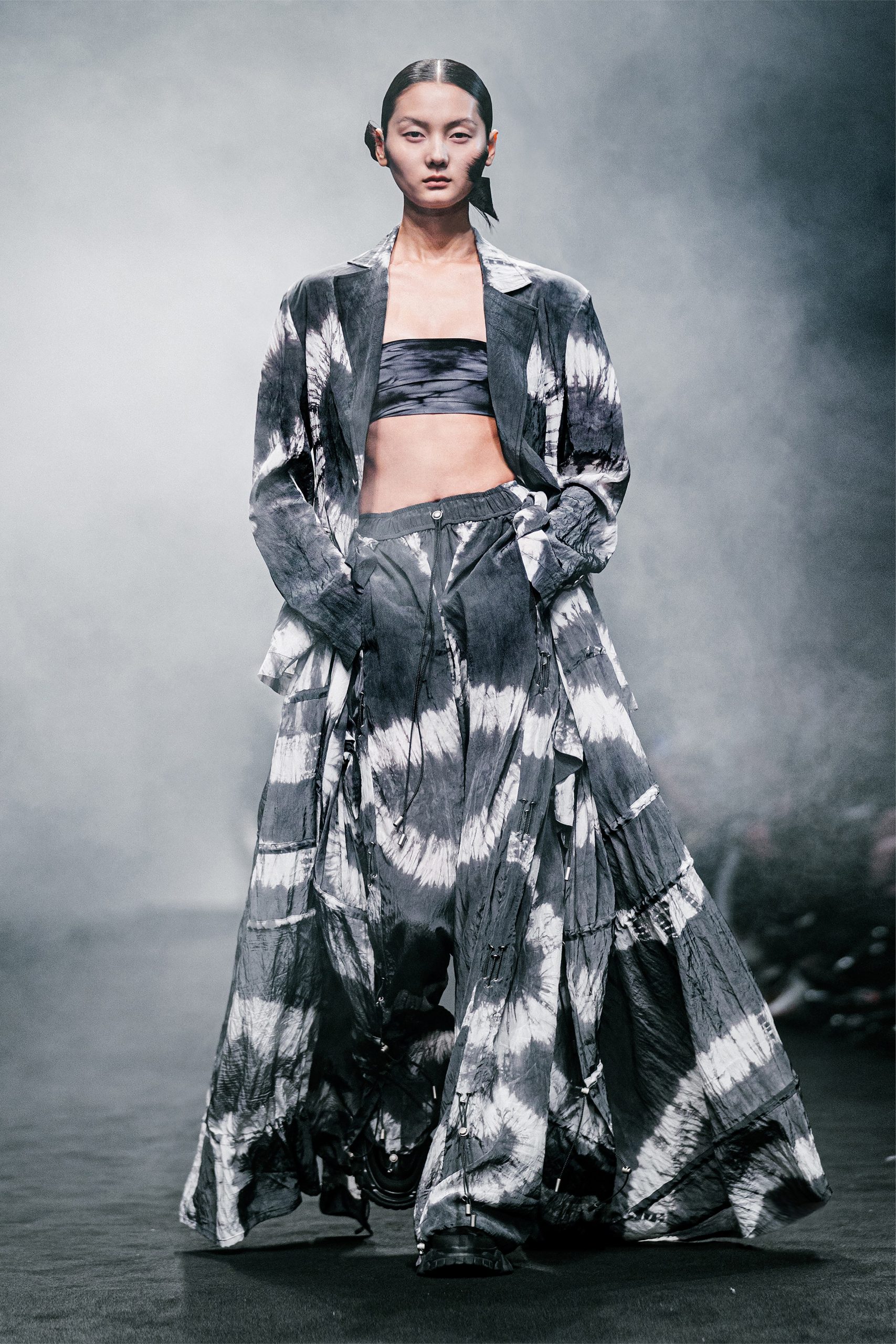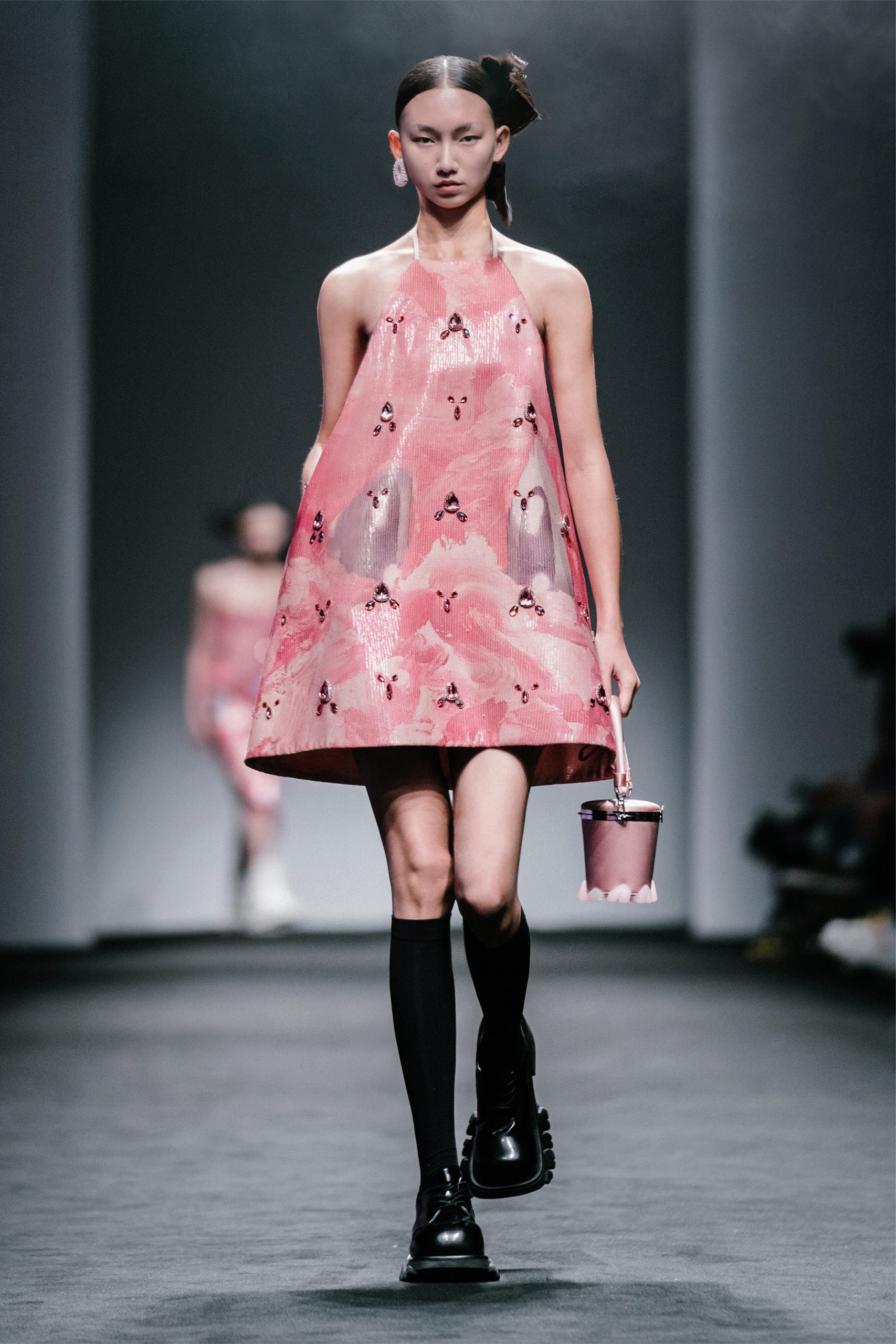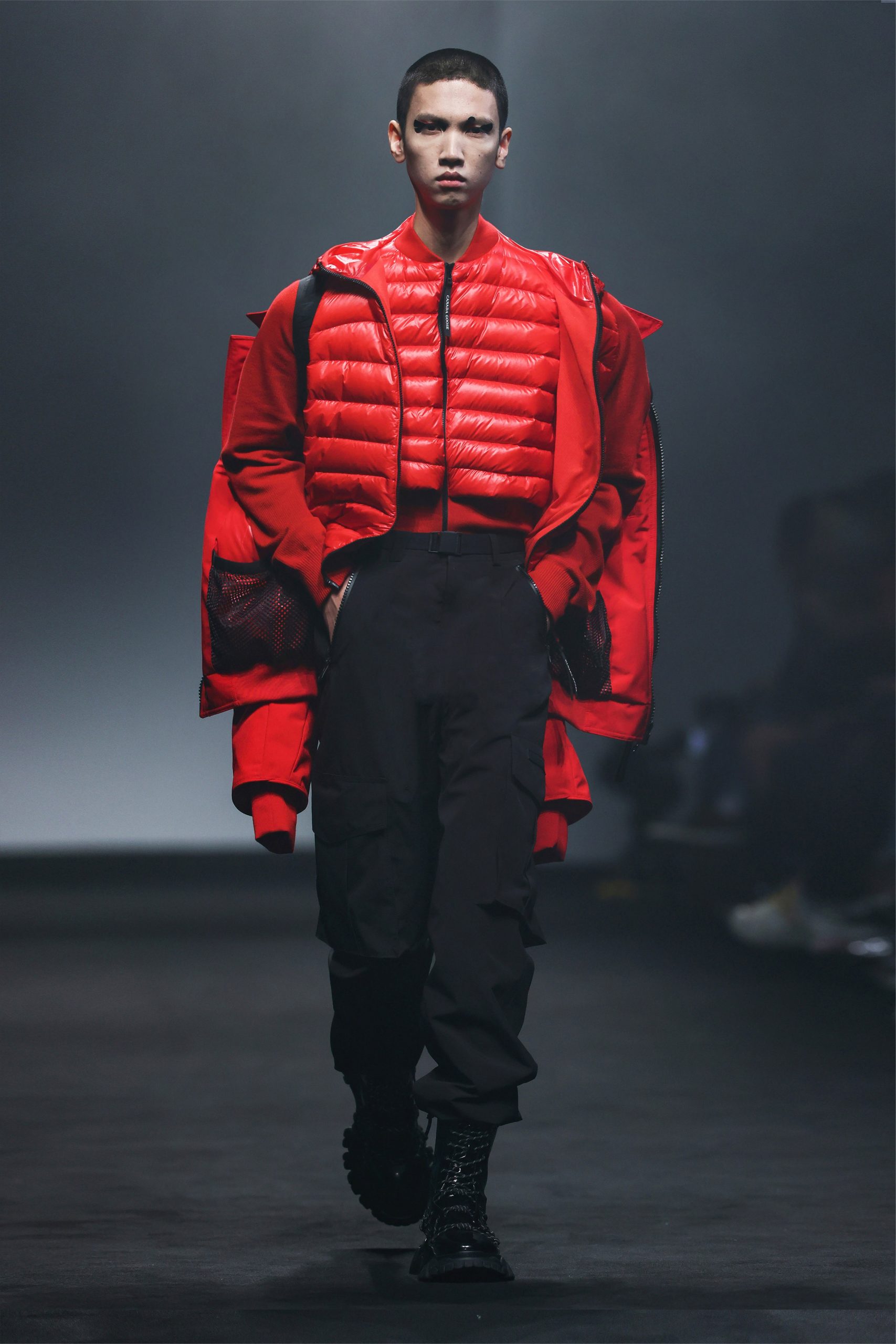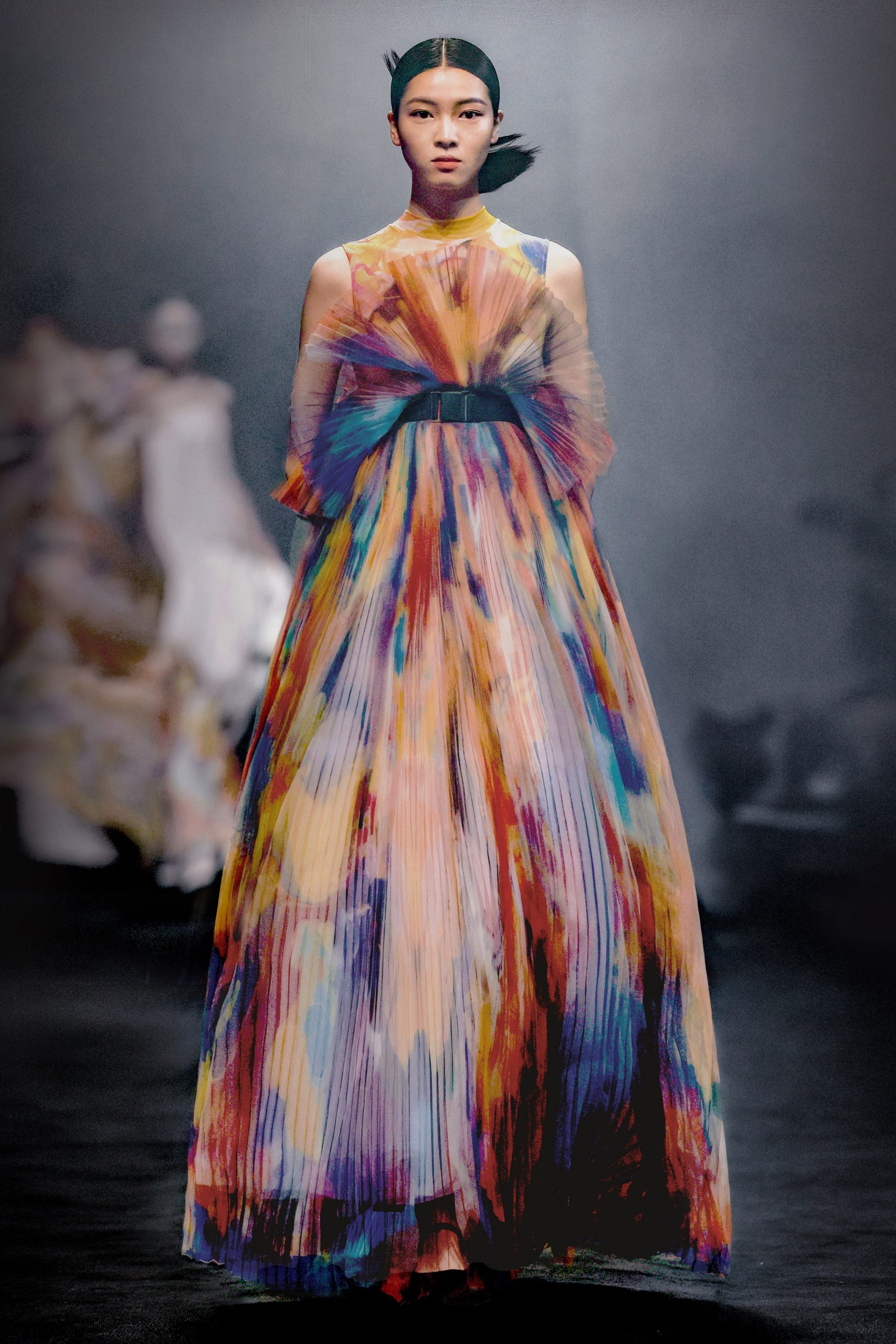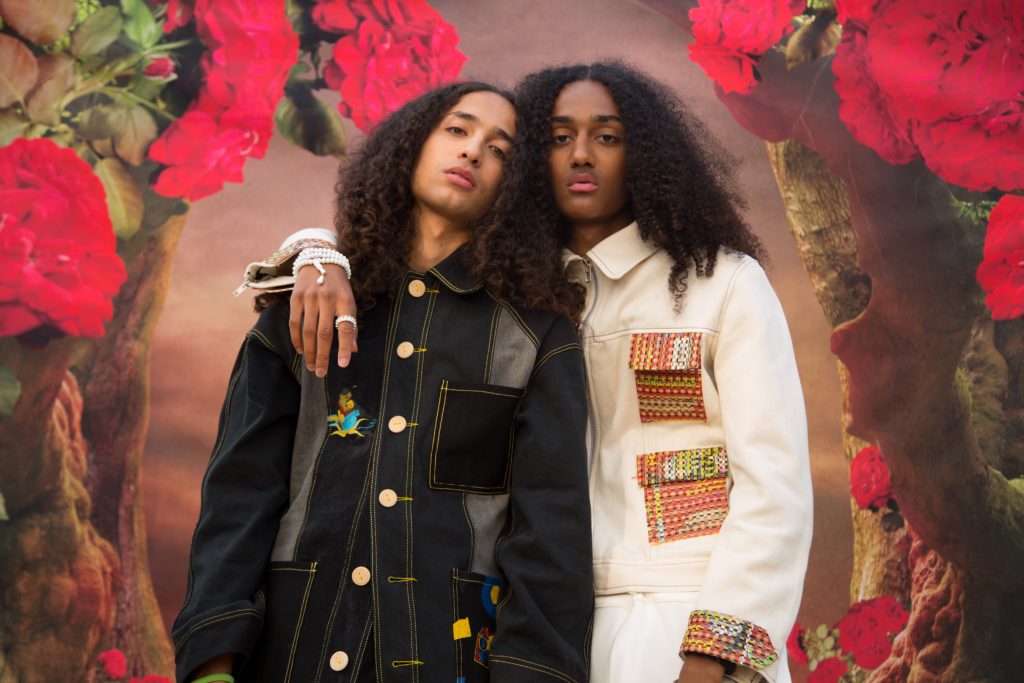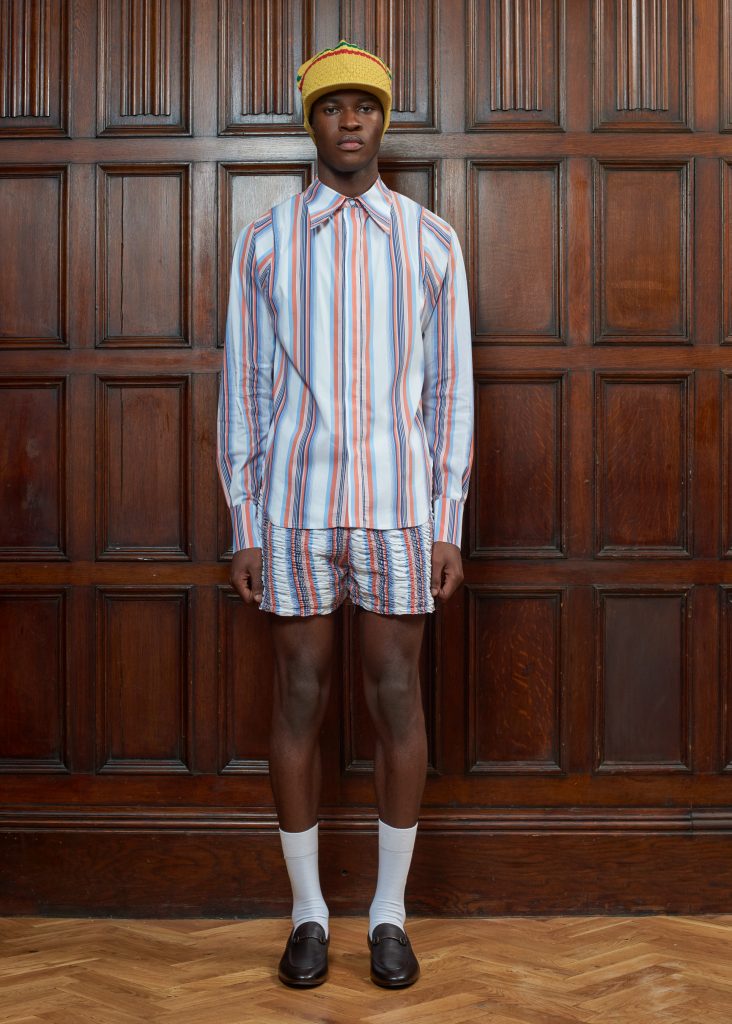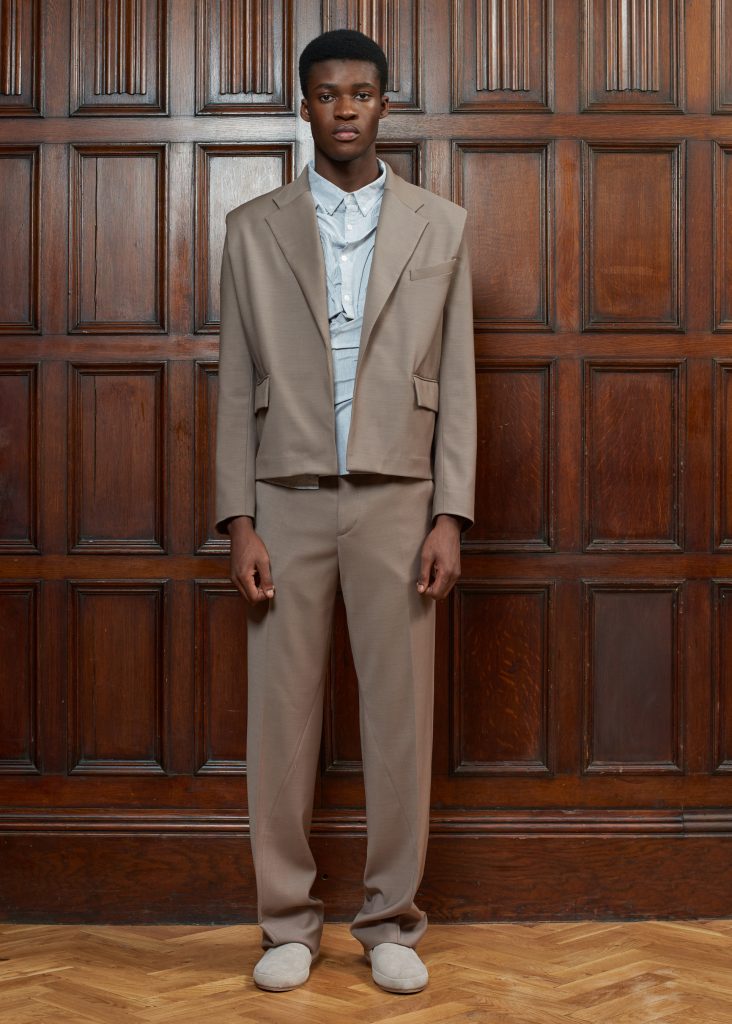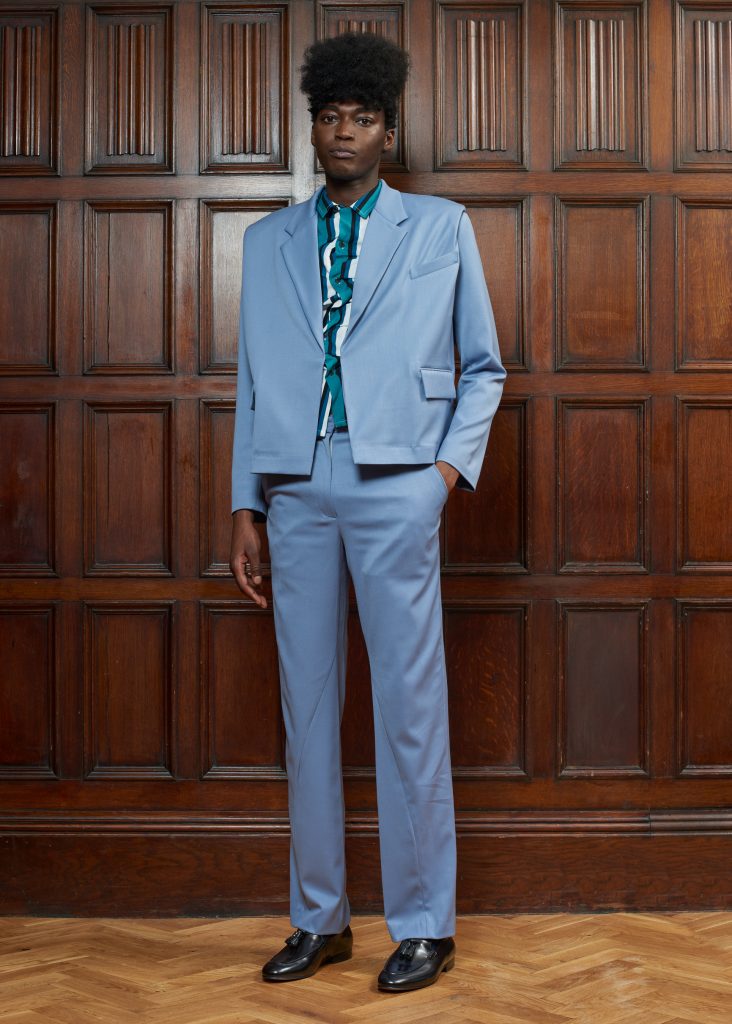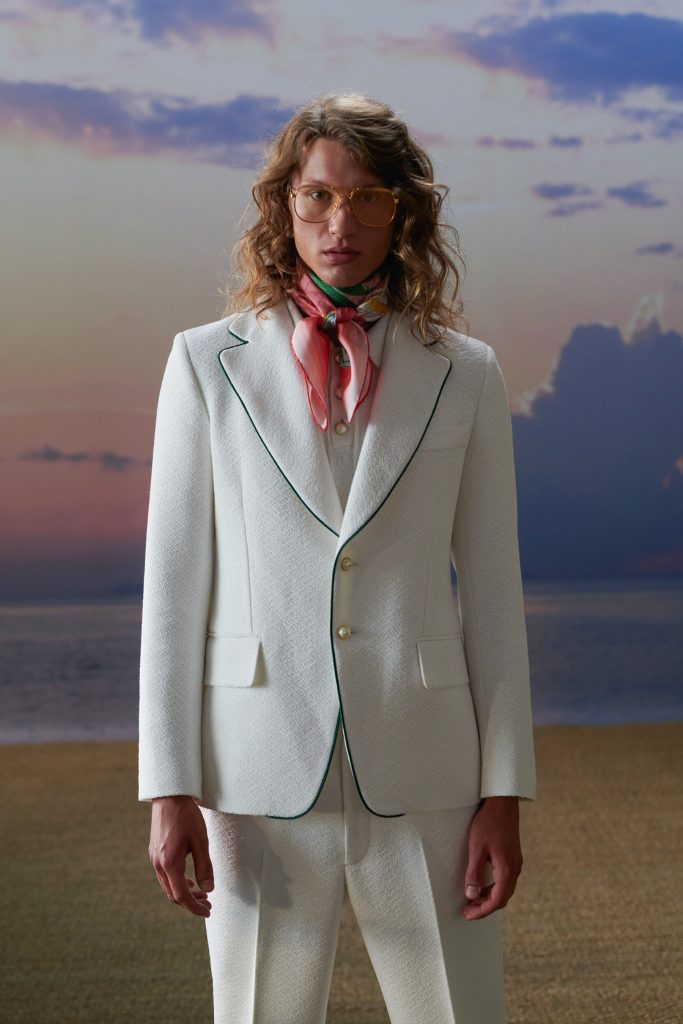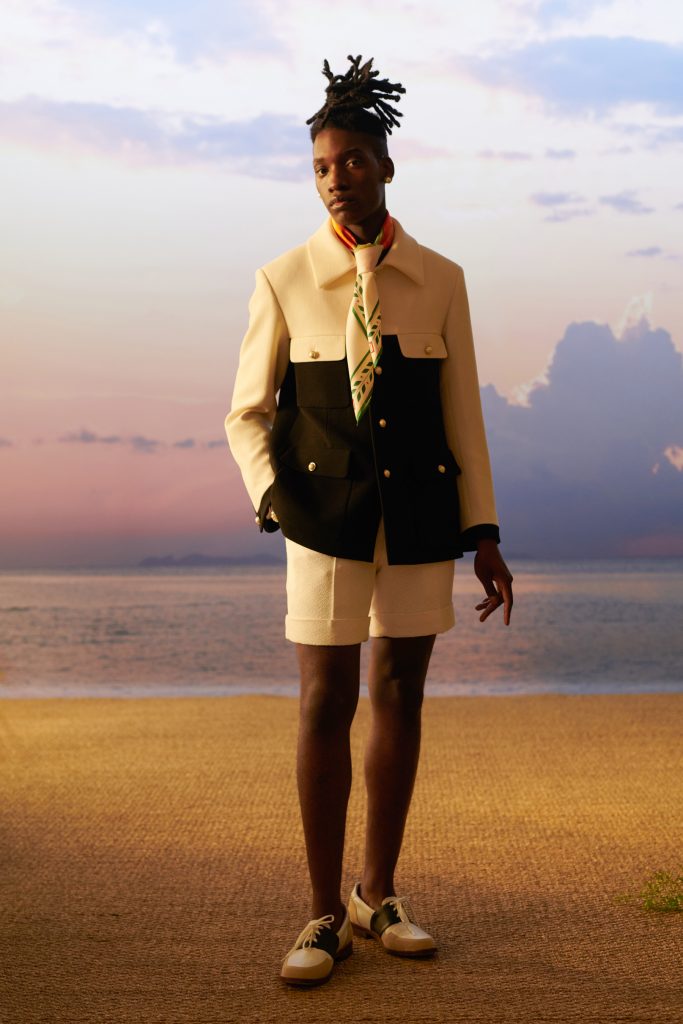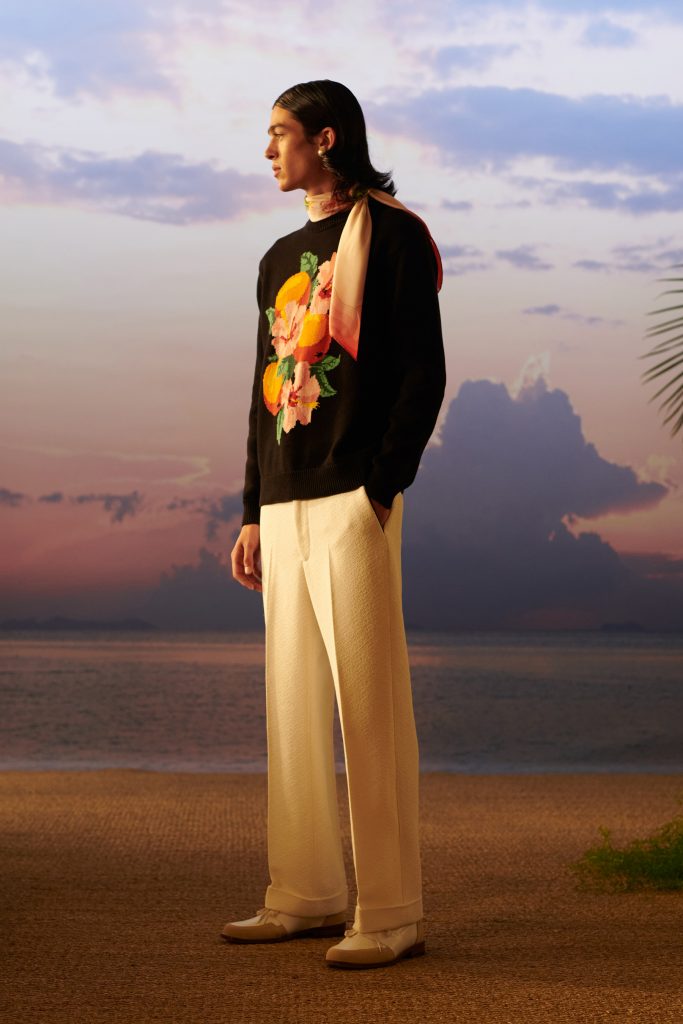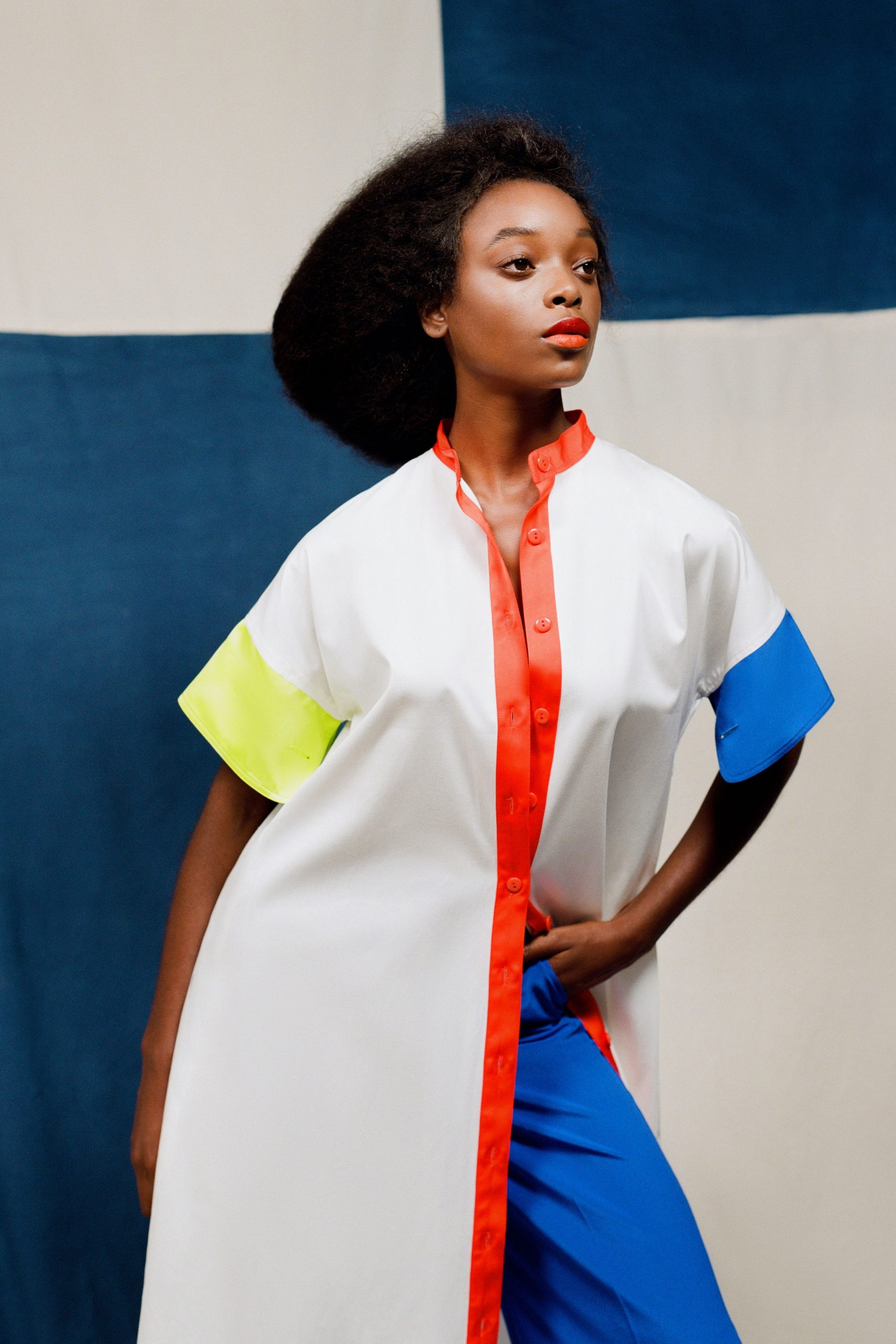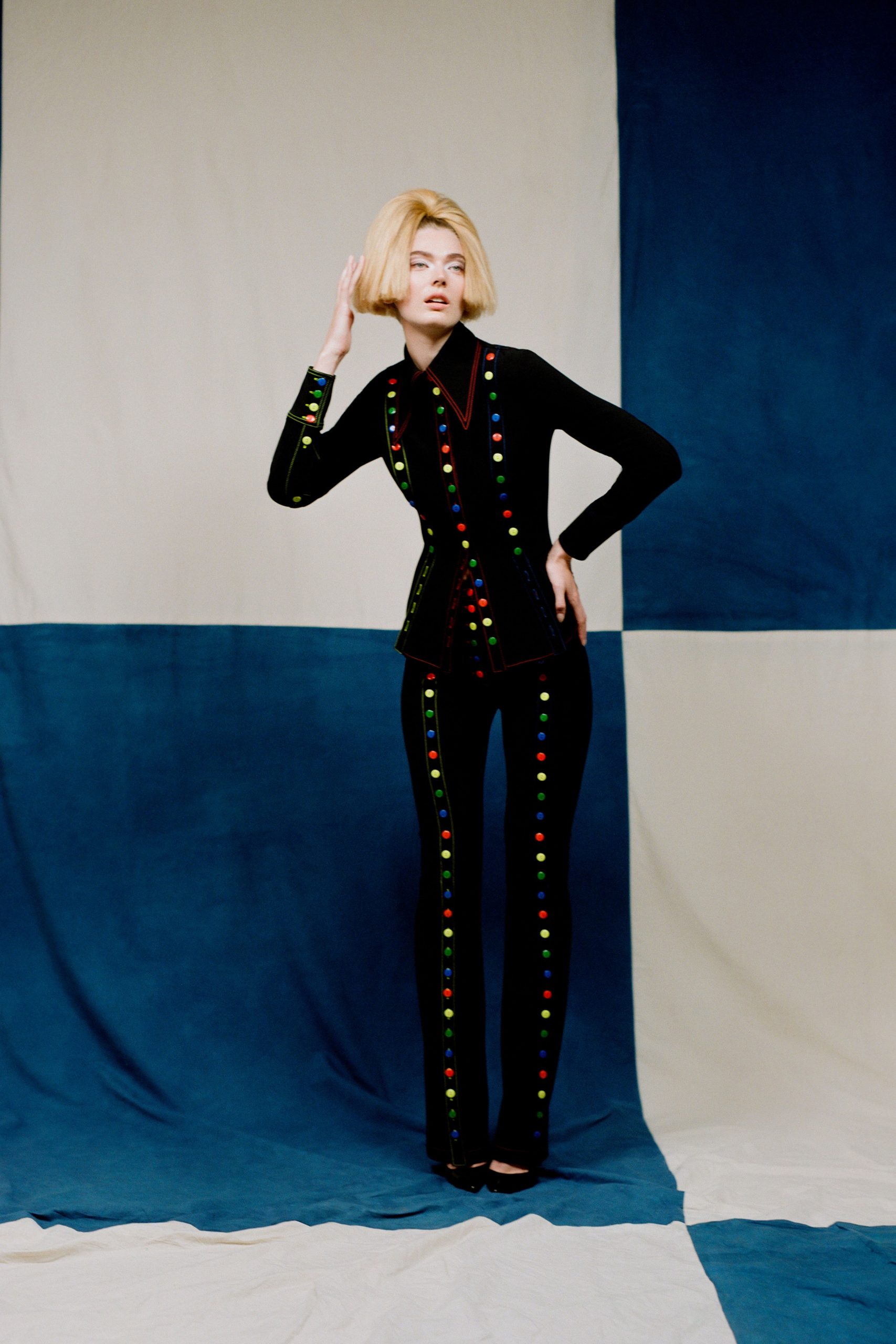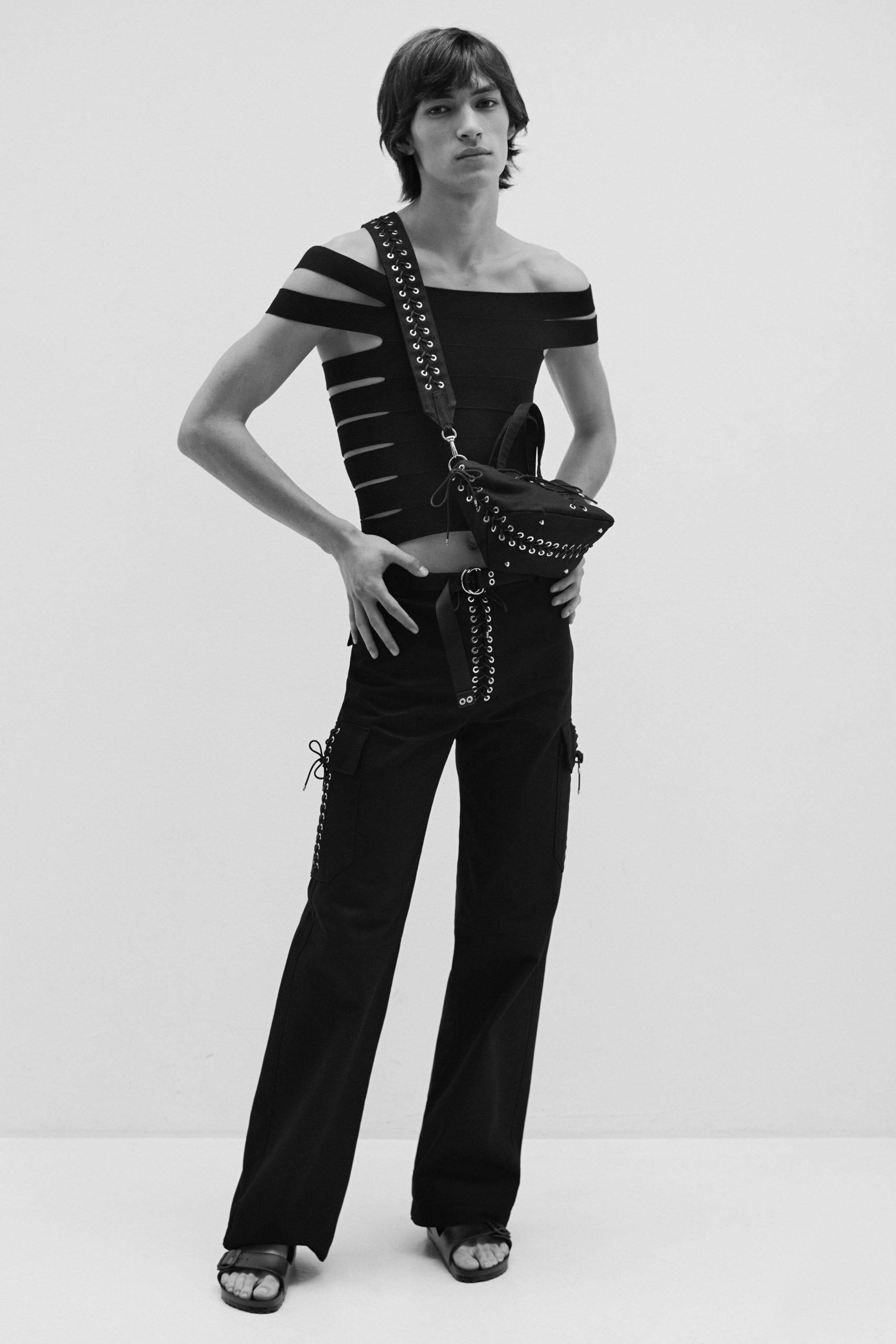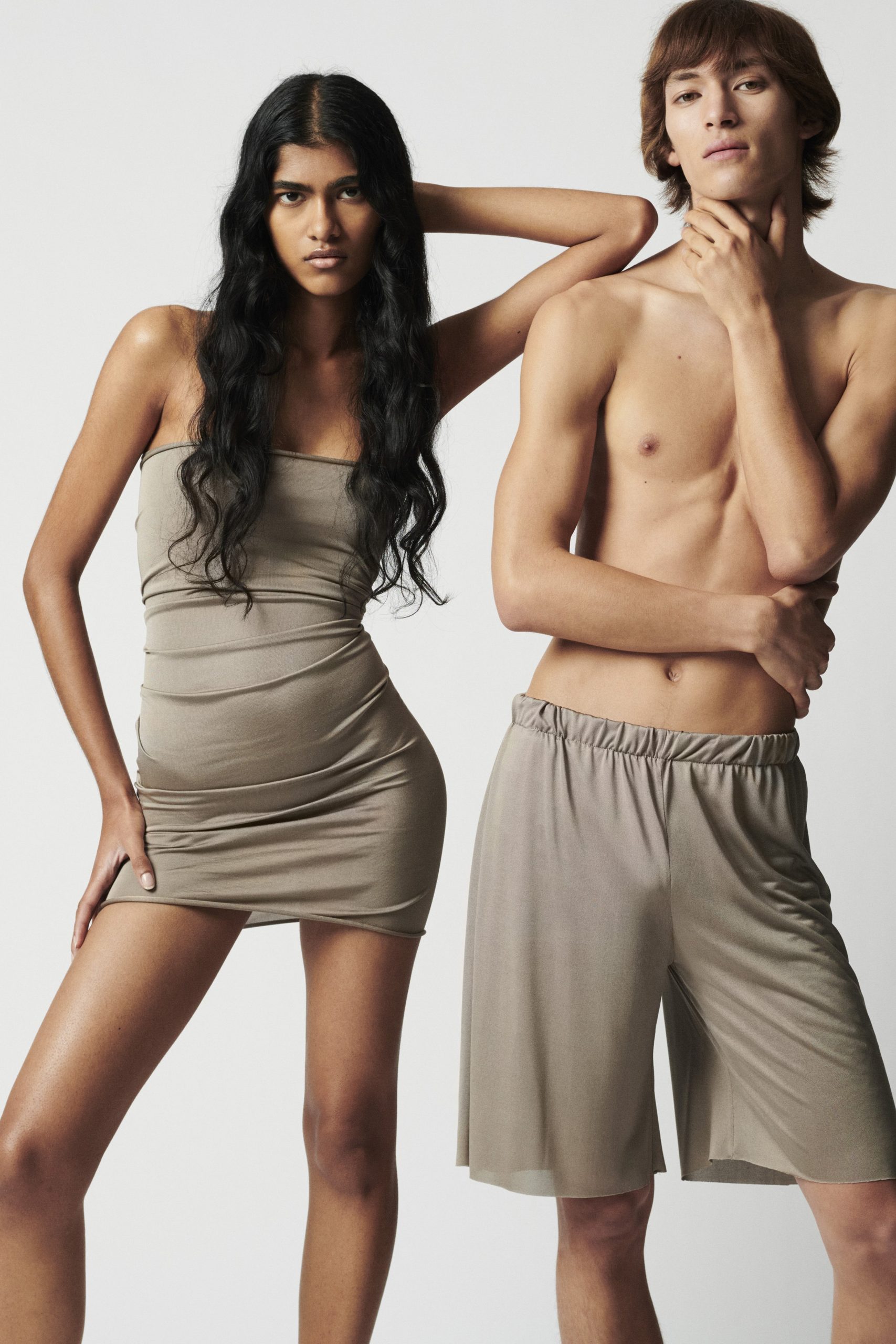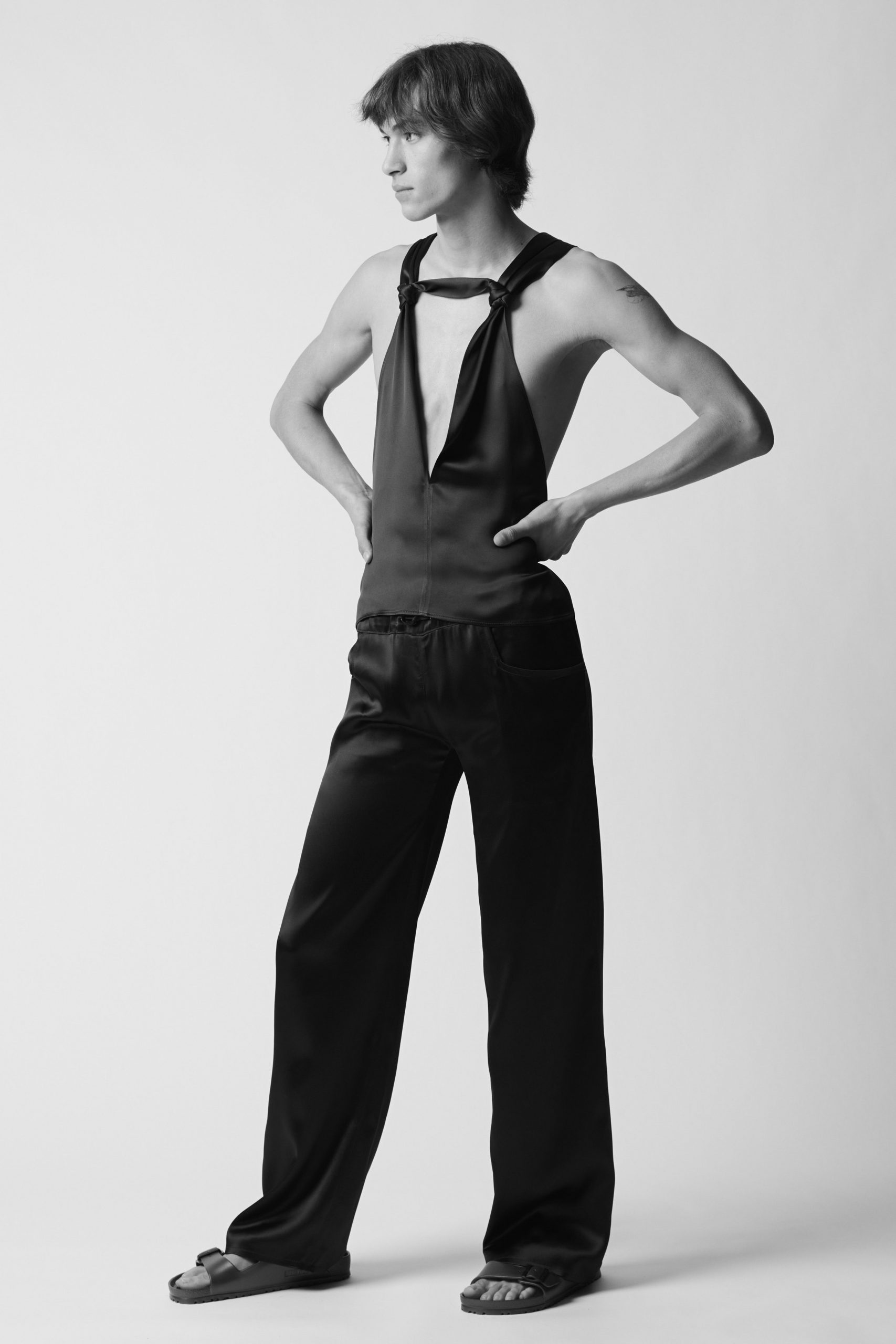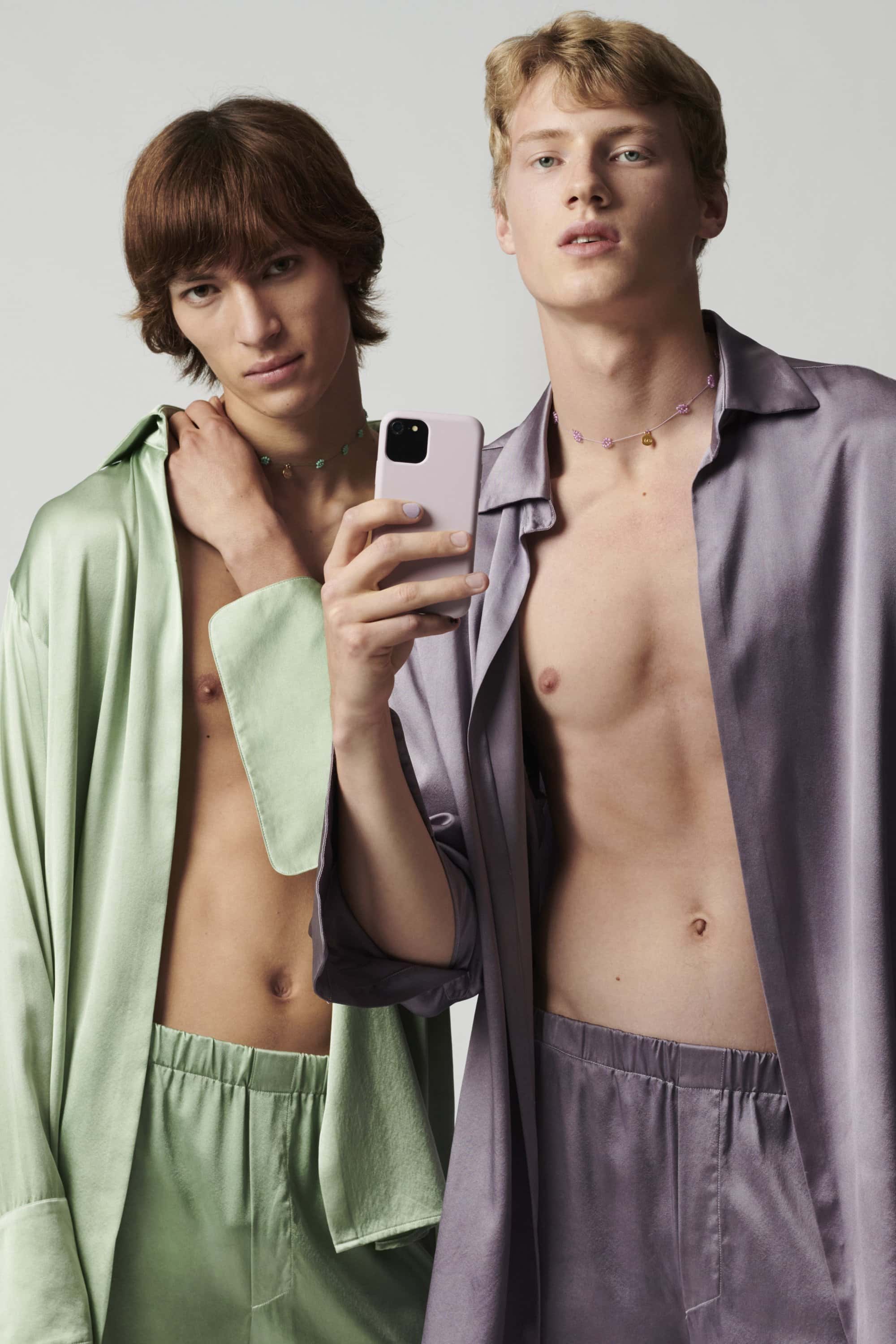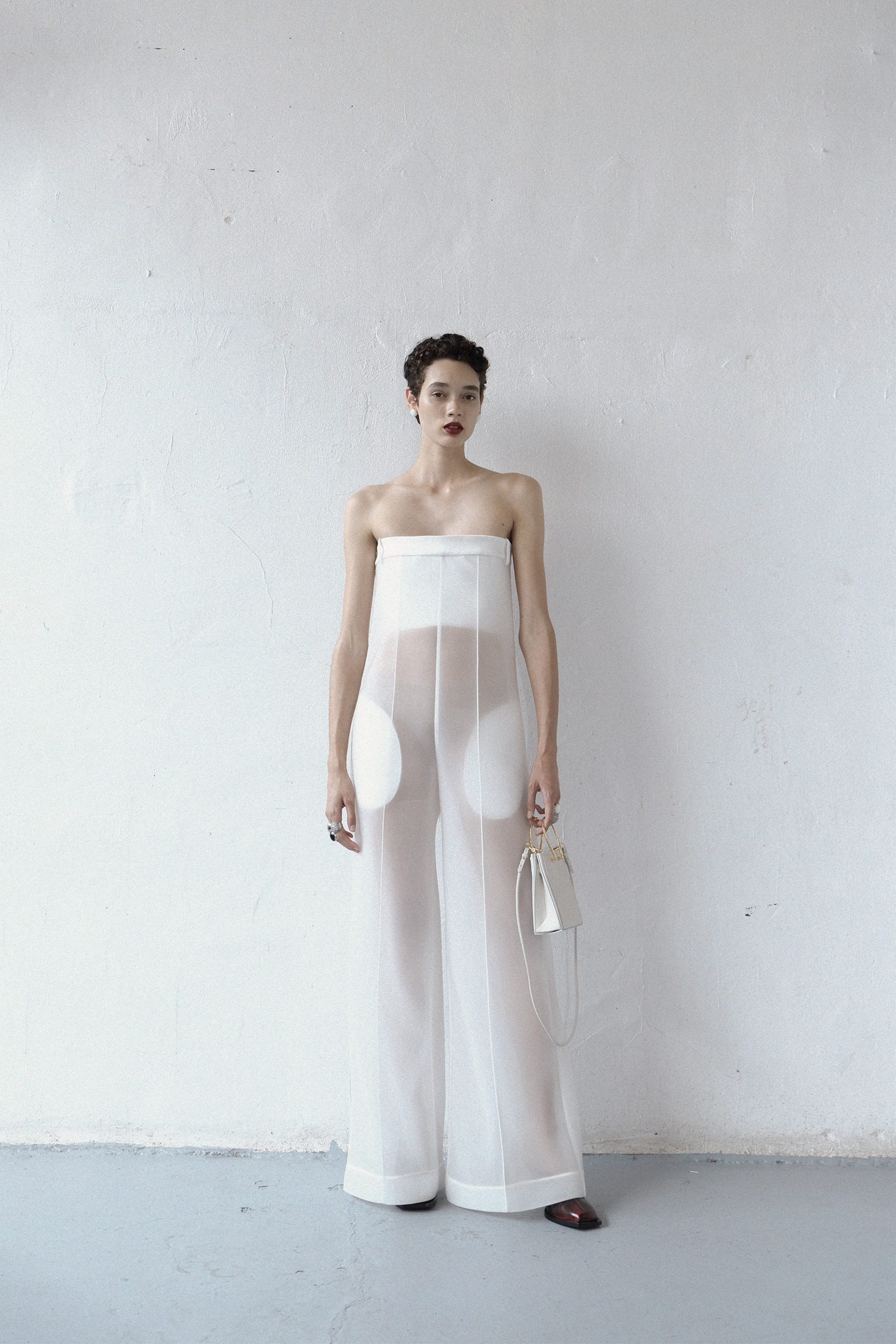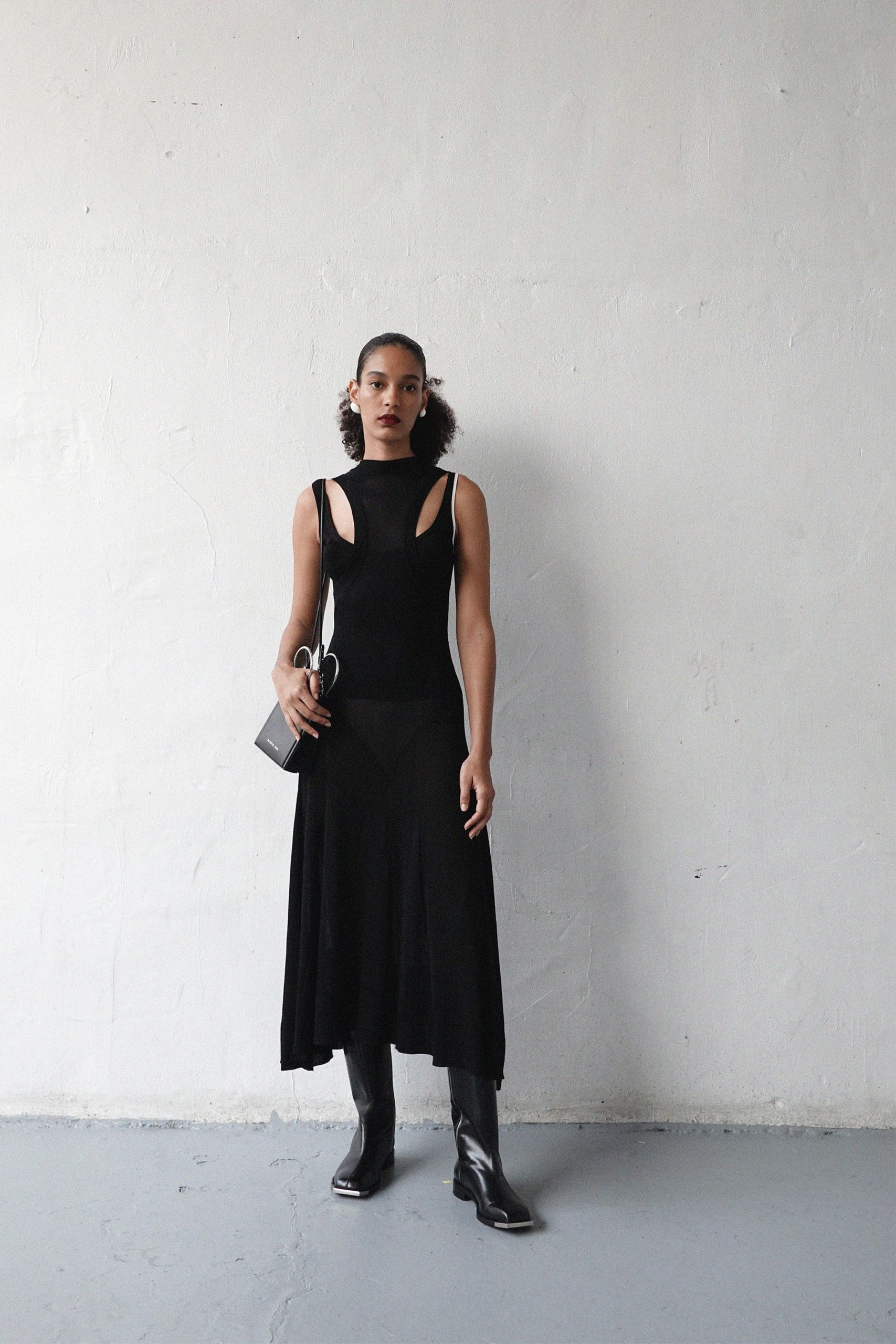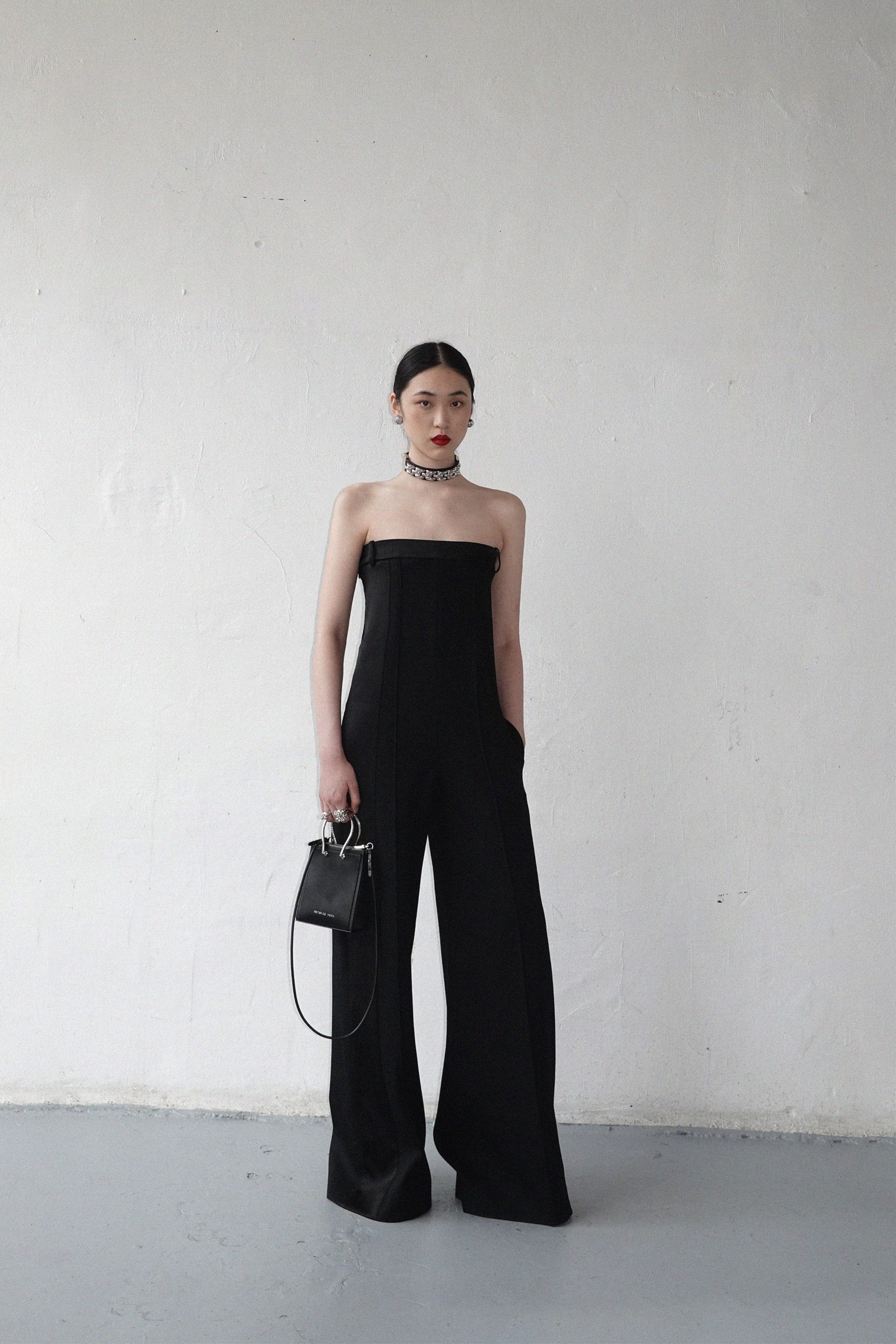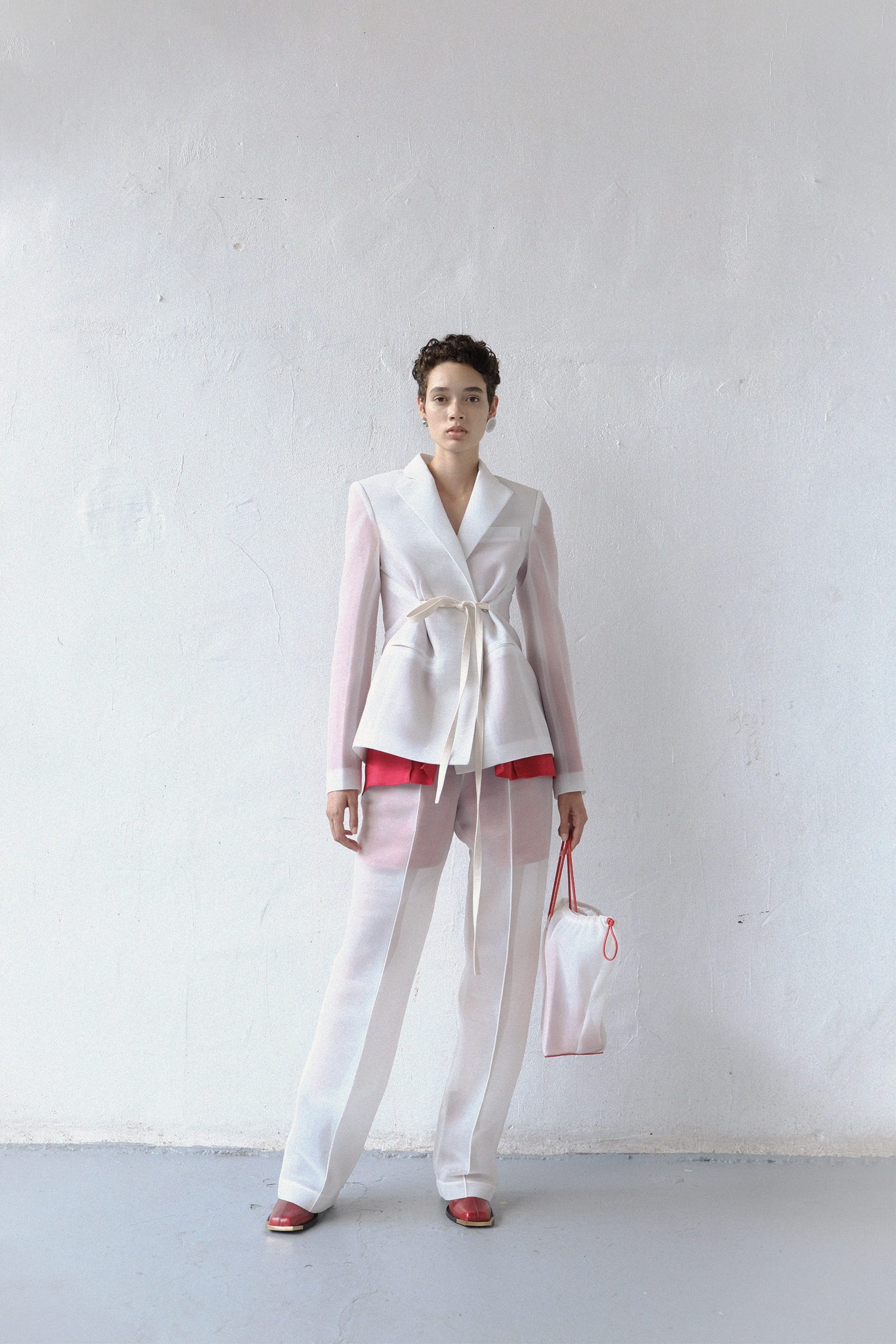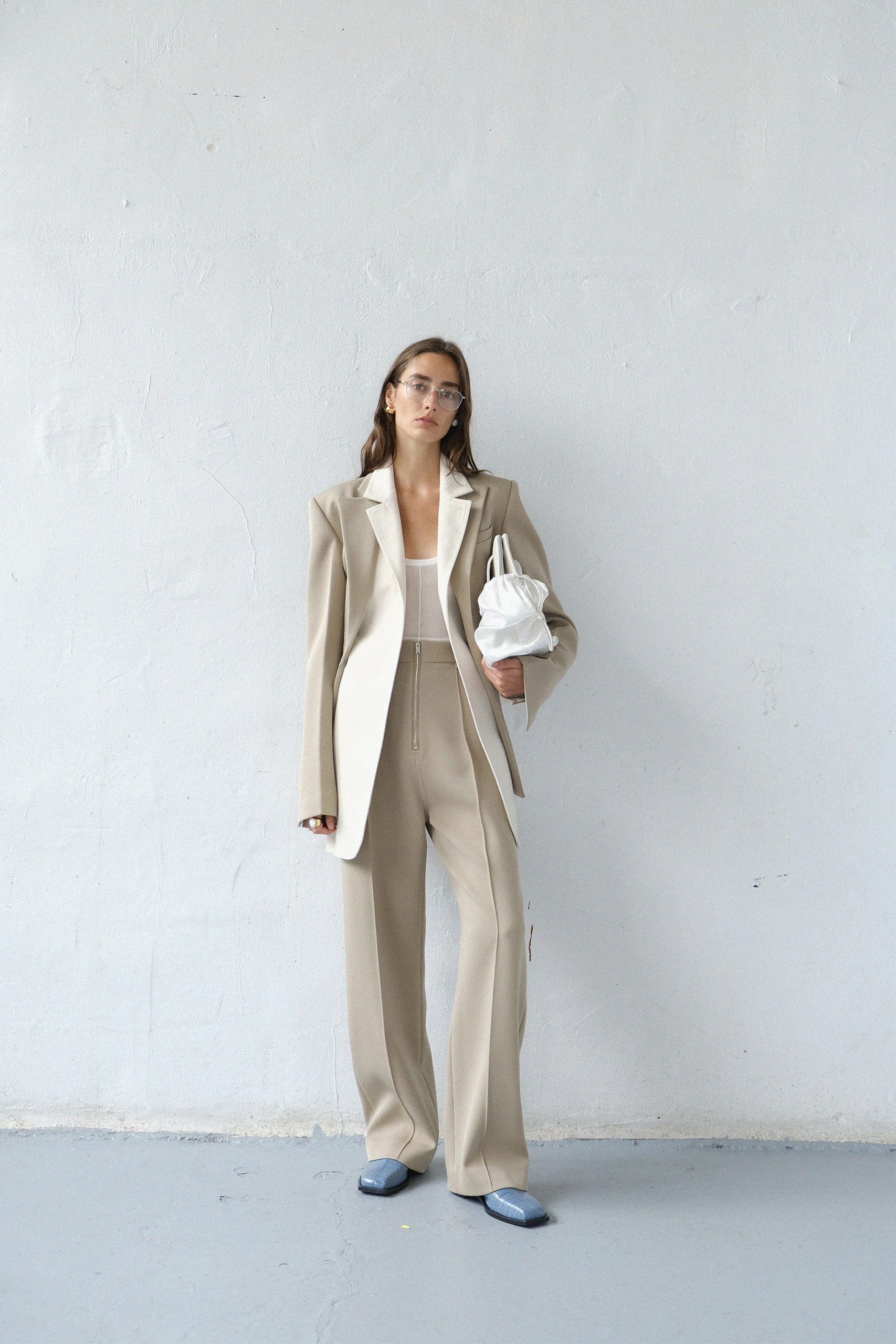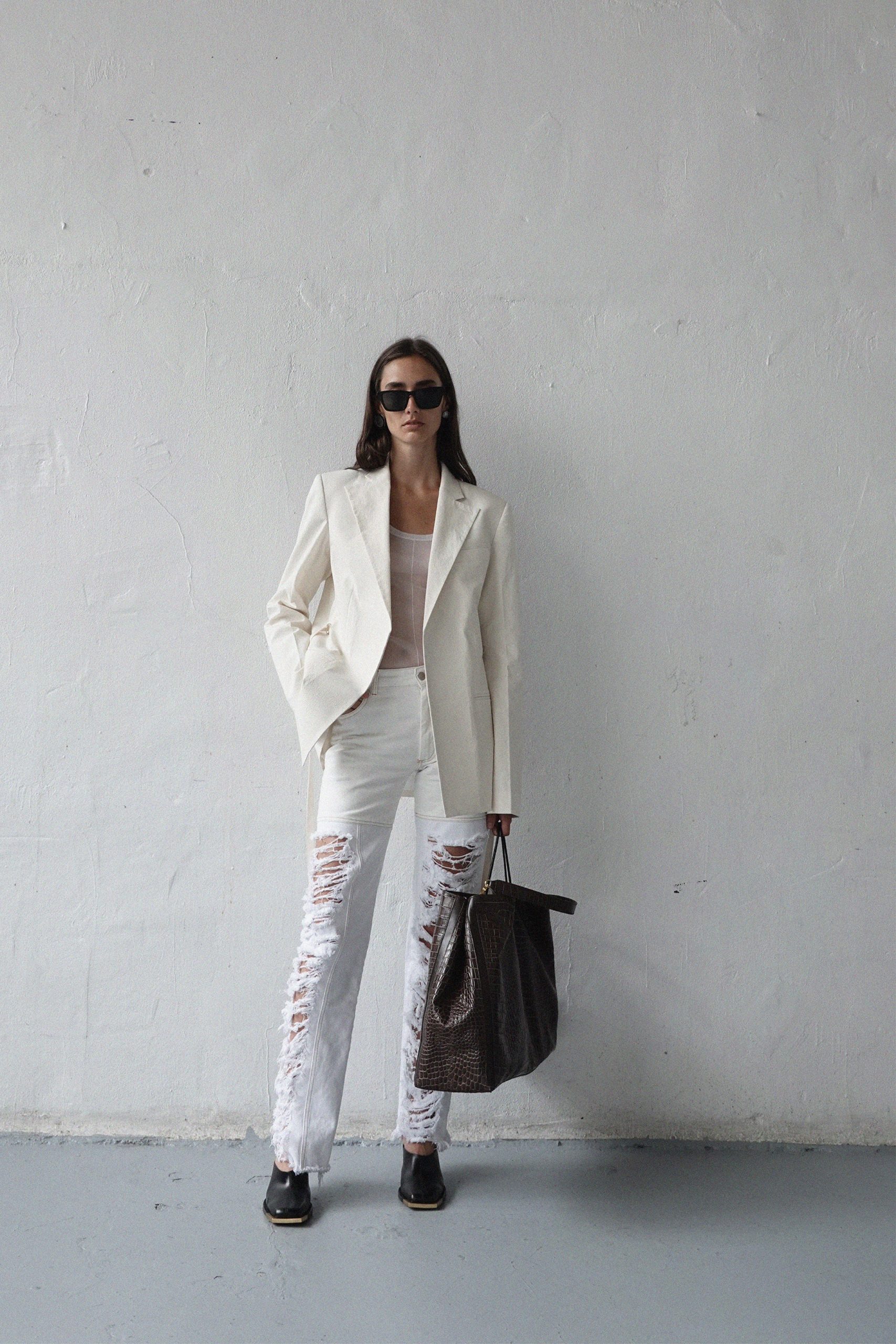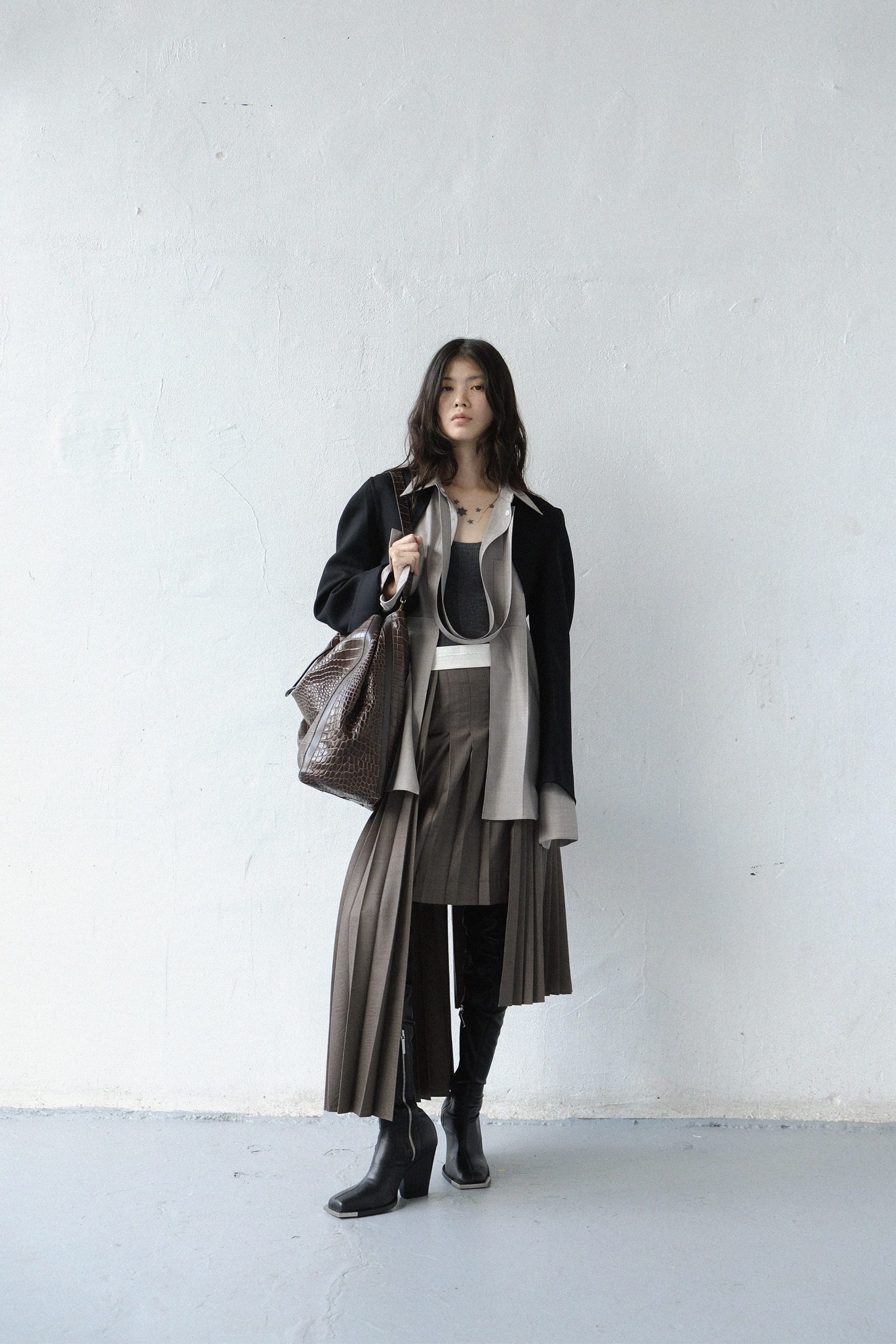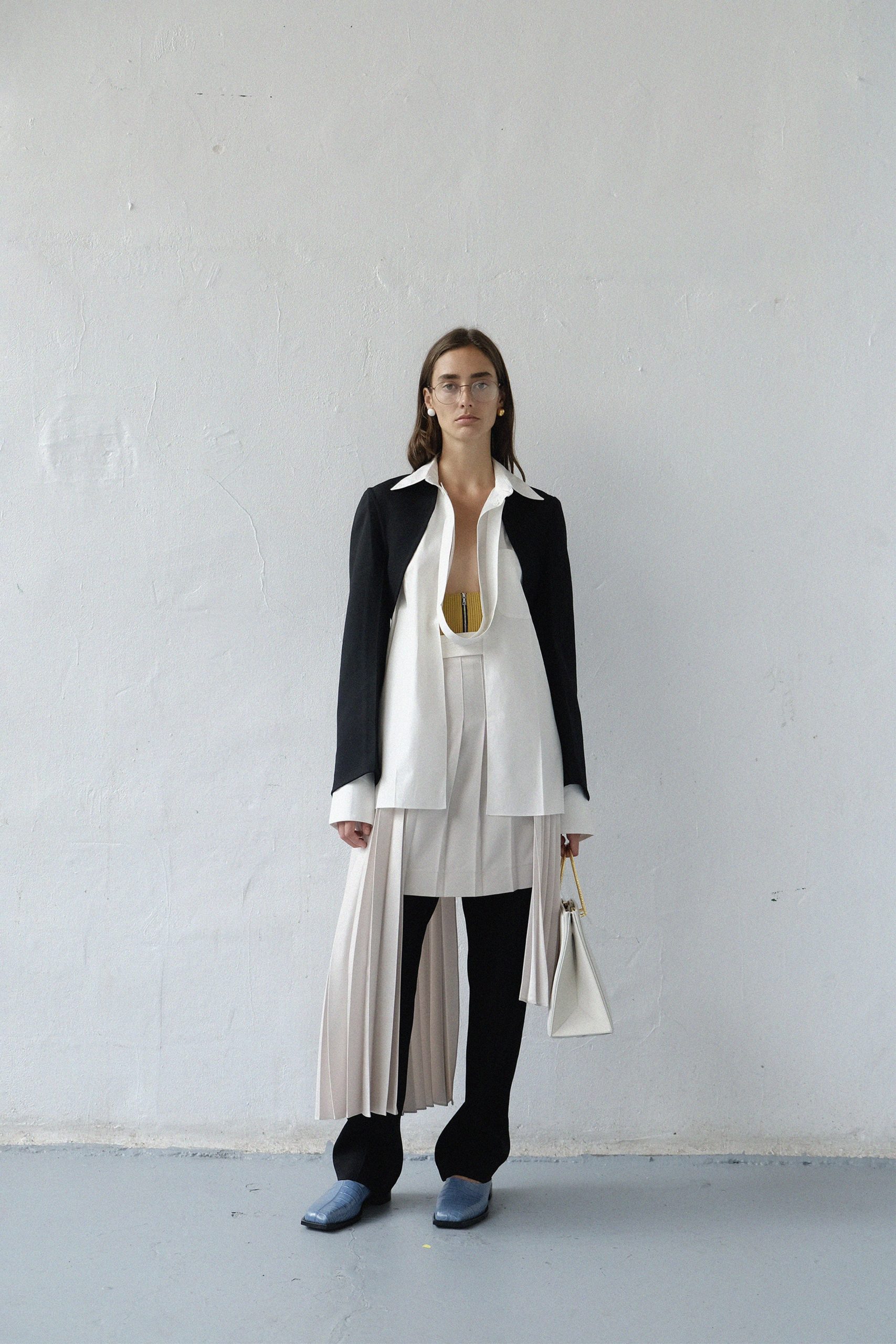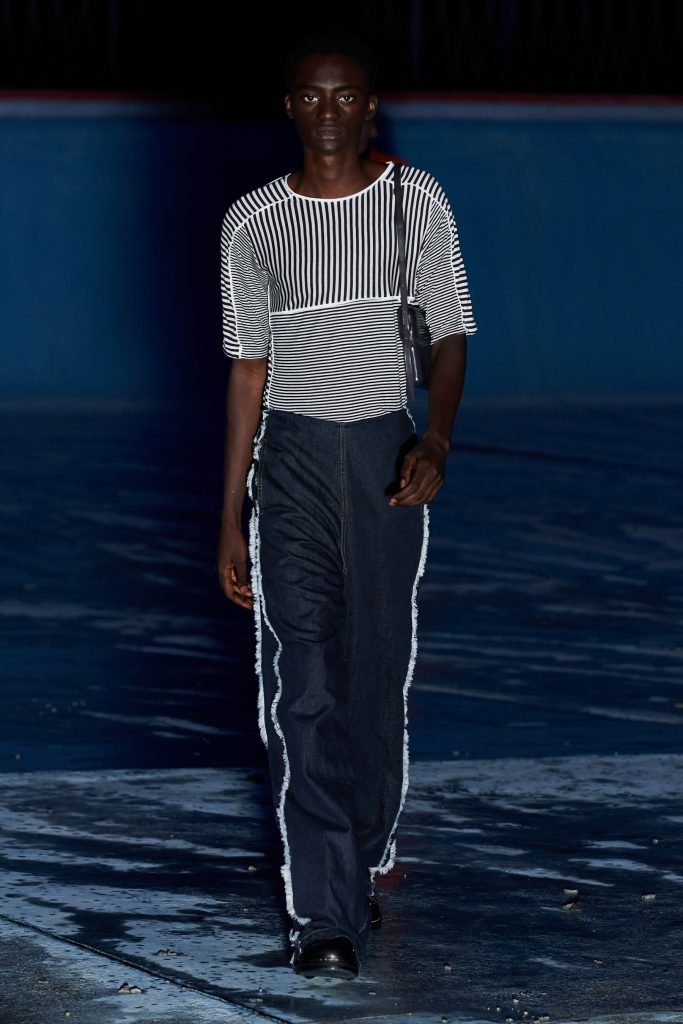The Best Breakout Fashion Designers of 2020 as chosen by The Impression’s Long Nguyen
The Young & The Restless
This is not a list of best-dressed people.
This is not a list of nominations for a fashion award.
This is not a list of suggestions for a newly opened creative director job at a large fashion brand.
This is not a list for large brands looking for collaborations to boost their lagging image.
This is not a list of young brands up for grab by corporate raiders.
This is not a list of the most wanted fashion designers.
This is my list of 10 young designers whose works have been exceptionally focused and personal.
This list of 10 young designers make clothes for the next generation of consumers coming of age today.
This is a list of 10 young designers who I think will make a big difference in fashion in the coming decade.
On this list, these ten people may not be the best new young designers, but they are here and chosen because of two qualities – how they used their own values as the ethos of their design and their brand and how the fashion they make embodies these values.
One thing in fashion today is certain – there is no shortage of young people breaking into the fashion industry in any way they can. Many students immediately set up their own namesake brand and business without passing through the traditional route of apprenticeship, mentorship, and training by working first at another designer brand. It is like a burning itch they can’t get rid of, even knowing that fashion is one of the toughest businesses there is out there today and tomorrow.
What makes these young brands different from their predecessors is the fact that they are totally focused on building a community of shared values with their niche customer base – this is the new way they are expanding their small business where their fashion is a direct reflection of their personal values and their products all embed with the sense of care and homeliness that is often lacking when buying from giant brands. These niche consumers don’t buy the dress from Angel Chen or Christopher John Rogers, or jackets from Peter Do or Boramy Viguier or Casablanca, or pants from Saunders Ahluwalia or Sunnei, or an eyelet brief from Ludovic de Saint Sernin.
More importantly, these designers have built their own community of followers because their values reflect the values of their peers. This is the younger generation group that is the backbone of the luxury fashion business now and in the near term in the next decade. The old traditional methodology of brand marketing is obsolete with this more attuned digital generation who are able to discern genuine or faux messaging.
These ten young designers are the new generation doing fashion their new way, sharing their stories with their niche audience and consumers in their own voices.
They are demanding a more diverse and fairer role in the fashion and media industry.
They are seeking waste reductions where possible and an alignment with responsible supply chains.
They are bringing new mindsets, new energies, and new frontiers to fashion.
They are setting fashion on a new course at the start of a new decade, ushering in new cultural values and respecting true diversity by showing others how they live.
They are giving fashion in the streetwear category a technical upgrade with higher design standards and process in their wares.
They are a new generation that ardently believes in and practices the notion that social change through fashion is possible.
They are authentically engaging young people like them and their forthcoming consumer base to champion ways for the fashion industry to make the responsible step in environmental and social issues – equality, diversity, climate change – away from old norms imprisoning many of the big companies doing the utmost to make modicum changes.
They will change the fashion culture in the new decade in the rapidly evolving climate of rising community expectations.
In alphabetical by the first name
Ahluwalia
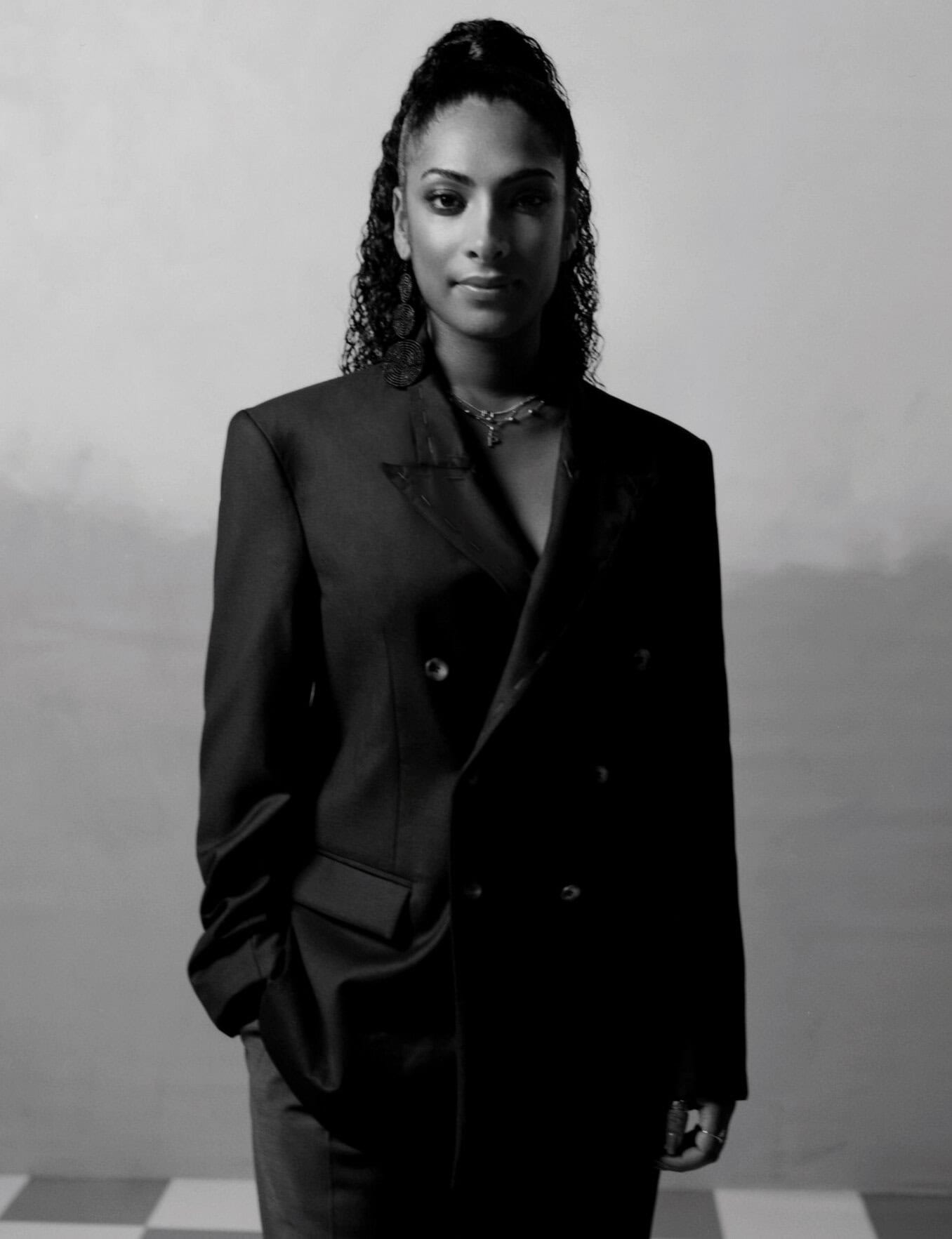
Graduated from University of Westminster Menswear MA Fashion in 2018, Priya Ahluwalia presented a book of photography ‘Sweet Lassi’ as part of her graduate thesis as well as her Spring-Summer 2019 debut collection that recounted her journeys to Lagos, Nigeria and Panipat, India where she was intrigued by the scale of the second-hand clothing business in the city north of Delhi that is considered the clothing recycling capital of the world. Ahluwahia is adamant about two issues central in her life and central to the foundation of her fashion aesthetics – her multicultural background of Indian and Nigerian descent and her effort to tackle fashion’s enormous waste problems from consumption to production. Thus sustainability, recycling, and up-cycling become the backbone of her fashion brand post-graduation.
Chosen as one of 15 young designers supported by Gucci in last month’s Guccifest, Ahluwalia showed a short film ‘Joy’ working with the common people in her community around Southhall with her colorful menswear/genderless clothes using only dead-stock fabrics that combined few archival garments with traditional craft techniques, with clothes in the film at times visible at times not, interwoven within the intimate portrayal of the close-knit social and close people-to-people network. Months earlier, at the first digital London Fashion Week, she exhibited photos from her new book ‘Jalebi’ combining old photos of her family along with the Punjabi immigrants in West London, showing how her fashion can cultivate the uniqueness of divergent culture coming together.
Angel Chen

Born and raised in Shenzen in Southeastern China on the border of Hong Kong and moved to London to attend Central Saint Martins BA Fashion Design Womenswear, Angel Chen’s graduate collection she titled ‘Les Noces’ an LGBT wedding, received unanimous applause. A store buyer friend encouraged her to start independently as it was the right moment for young Chinese designers to break into fashion.
Since her launch in 2014 at Shanghai Fashion Week, Chen has developed her own signature work with the fusion of Eastern and Western ideas of clothes due to her life growing up on both continents with colorful and innovatively cut and textured clothes – weaving and embroideries on silk, cotton, plastic, and metal – imbued with a sense of history, travel, and opera, specifically traditional Chinese costumes of the Beijing Opera. Chen did one collection based on Japanese biker gangsters from the 1990s and another on a character from the 1999 movie Fight Club, mixing up Asian patterns and folklores with Western punk aesthetics.
Chen’s partnership with H&M for Fall 2019, Adidas Originals, and Canada Goose, and with stores like Lane Crawford, H Lorenzo, Selfridges, Luisa Via Roma, and Farfetch have helped to expand her fashion influence not just in large Chinese cities but globally. Chen’s virtual runway video for her Fall 2020 collection debuted in Shanghai and enforced her mixture of traditional/modern garments with a touch of sci-fi backdrop. In her latest collection, Chen created oversized print dresses, coats, and jackets based on Jiajia Wang’s paintings and added those street-wise parkas, reworking those classic red and light grey goose down coats.
Bethany Williams
Bethany Williams intrinsically believes that social and economic change isn’t just a motto or a belief or, even worst, a trendy aspiration, but fashion design can institute changes, at least on the local level scale.

Since her graduation from MA in menswear fashion at the London College of Fashion in 2016, and starting her own label at the same time, Williams had devoted her fashion work as a force for aiding those less fortunate in creating clothes that linked together with different charities with donations like the Mobile Library Charity, Adelaide House homeless shelters, and Vauxhall Food Banks, not only to raise awareness but as a form of direct aid to people in need including employing homeless women for sewing denim jackets and pants from old stock or working with the women inmates at HMP Downview prison hand-knitting oversized cable turtleneck sweaters and jogging pants. She picked models for her clothes from the TIH (There Is Hope) Models featuring exclusively kids affected by homelessness.
Fashion, social, and environmental issues are all intertwined in complex ways. Williams forced fashion to enter directly into a new social space with her collaborations with local community charities and transformations of waste into new clothing products. In the spring 2018 collection, she worked with the publisher Hachette UK to transform old book waste into new textiles with the San Patrignano Design Lab; in the first collection for Fall 2016 titled ‘Breadline’, she worked with the supermarket chain Tesco to acquire waste to craft into garments to be sold with portions of the profits going to the local Vauxhall food bank to highlight the problems of hunger in the U.K. The donation from the supermarket chain’s recycled cardboards became prints on jumpsuits, tee shirts, and pants with the colorful logo ‘Tesco everyday value.’
Bianca Saunders

Bianca Saunders’ short film titled ‘The Pedestrian’ working with Akinola Davies for the Guccifest was perhaps one of the brightest and most sincere videos by any of the 15 designers that Gucci selected to participate in the weeklong fashion film event. The 2017 Royal College of Art MA graduate debuted her menswear label in June 2018 with gender-fluid clothes that focus on black male identities and the construction of masculinity, seen from Saunders’ multicultural perspective of a West Indian and Jamaican heritage.
‘The Pedestrian’ is a street cast of eight young men wearing different outfits from Saunders’ ‘Ideal Man’ Spring 2021 collection that she had presented at London Fashion Week in early October – draped colored stripe spread collar short shirt-suit, tan leather blouson coat, and pants or light blue cotton cropped floaty pantsuit reminiscent of the dressing of Caribbean dancehall parties in London in the 1970s and 1980s. Saunders shakes the boundaries of rigid masculinity with her fashion designs, deploying her skills with precise cuts that result in silhouettes that are softer and more fluid than the rigid tailored suits.
Boramy Viguier

Boramy Viguier started his label in 2018 and debuted his Fall-Winter 2018 collection with an obsession with creating garments crafted in traditional methods with innovative sourcing of fabrics and doused with a few mystical symbols and religious iconography to create a bit of drama surrounding the clothes with maximal detailing yet extremely wearable. Past and future fuse together in Viguier’s garments.
Viguier brought the impact of the dramatic religious imagery not per se religion as such with the encounters with, say, Jesus nailed to the cross for example as an aesthetic experience to the feel of his clothes that mix different sartorial elements to create a new garment – a tech parka that is more than a parka as it is now a cape with a hood or a brown military suit that is made in wool to feel more like a banker rather than a general’s wardrobe. A black print vinyl coat from Spring 2021 has the shape of a medieval cloak, while a high tech blueprint nylon bolero cape is a direct descendent of the short cape worn by Catholic Cardinals.
Casablanca
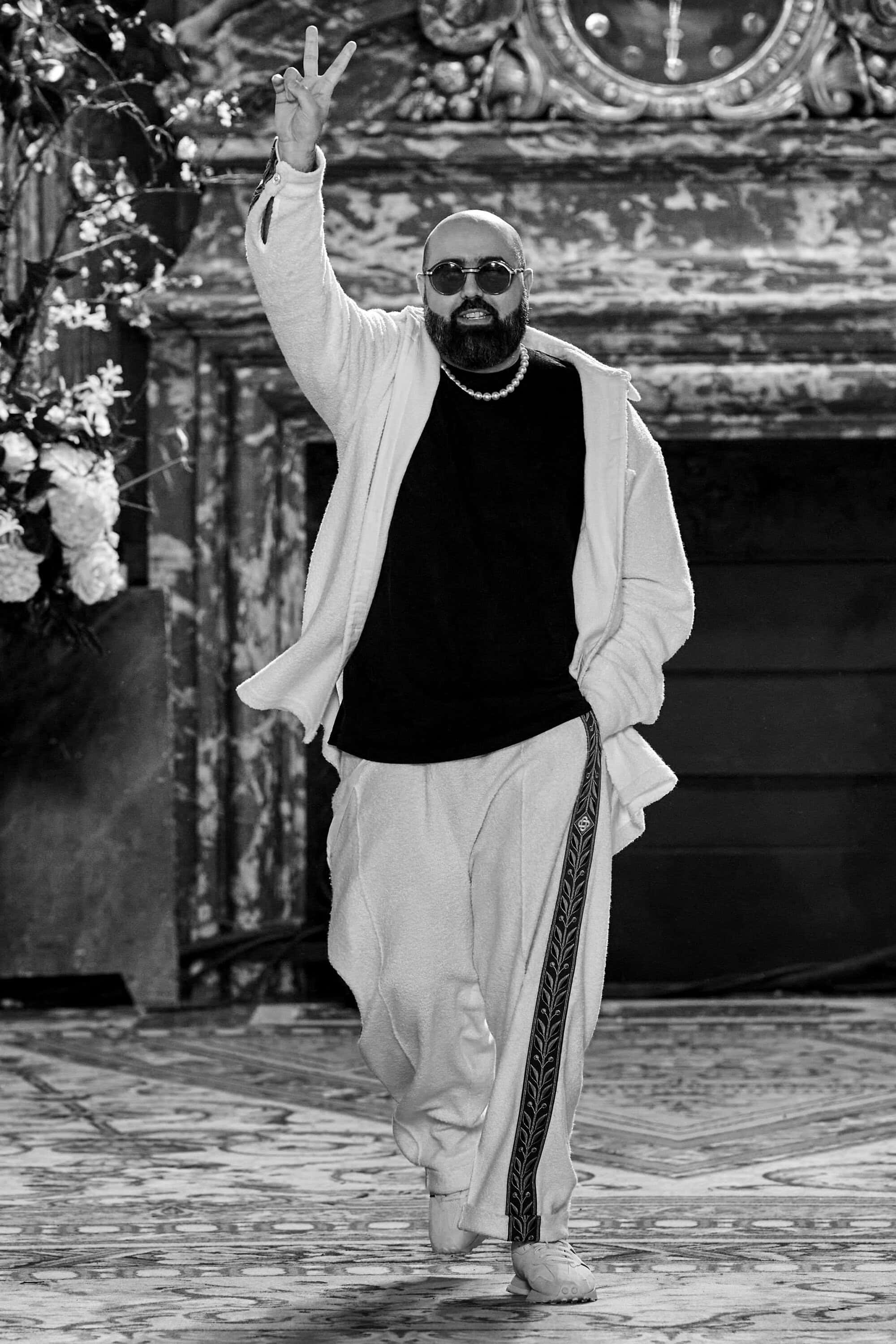
Charaf Tajer, the French-Moroccan founder of Casablanca, debuted his label with a show for Spring-Summer 2019 in Paris in July 2018 at the Mona Bismarck American Center with a colorful assortment of luxuriously leisure clothes that are contrarian to the extreme gravitational pull of the streetwear craze permeating all levels of menswear in recent years. “Casablanca’s aesthetic is a fusion of lux and leisure, a perfect equilibrium of comfort and elegance. Casablanca re-interprets the timeless environments of a luxurious heritage hotel suite or a crisp glass of champagne at a private country club terrace sunset. Casablanca is a modern reimagining of the timeless après-sport aesthetic,” is how Tajer’s website informs visitors of what his brand is all about.
Tajer honed his craft of design ingenuity and a hand on the pulse of the fast-moving young menswear fashion as a co-founder of the Pigalle brand around 2008 in that northern area of central Paris known for its red-light district now gentrified into the next cool neighborhood. Tajer inherently knows that a brand requires an entire set of extended imagination crafted into the clothes’ aesthetic and the way the clothes are seen and presented. A print shirt and matching pants have to immediately conjure the image of a leisurely and relaxing atmosphere after sundown sipping cocktails at some fabulous resort or house on the seaside.
Christopher John Rogers

Two years after his graduation from the Savannah College of Art and Design where Christopher John Rogers launched his senior thesis as his label, the new designer found himself on a heatwave Saturday late afternoon just after Labor Day in 2018 inside a small art gallery on Canal Street in New York’s Chinatown, with a small group of male and female models wearing bright yellow, orange, and deep green satin strapless dresses, a white dress with ruffle sleeves, grey pantsuits, and giant fuschia ruffle tiered gowns, some accessories with huge yellow straw hats or tall conical headdresses.
That balmy late afternoon on Canal Street was Rogers’ first presentation at NY Fashion Week. Although the clothes had that feeling of slight imperfection as they were all made by hand by the designer at night after his day job ended, the sense of color, dramatic silhouettes, and a mindset of fantasy from this debut carried on in the next three seasons to a more perfected outing in February 2020 in a show at Spring Studio that firmly established Rogers as a new designer to be reckoned with, after showing a more mature command of his voluminous and colorful shapes and sharp tailoring in just a short two years.
Ludovic de Saint Sernin

The super small bikini swimsuit with an eyelet front closure in a variety of fabrics like leather, leopard print, stretch vinyl with rhinestones – a sort of lace-up mechanism for clothes instead of shoes – is the signature garment from the Brussels born and Paris based Ludovic de Saint Sernin since starting on his own since 2017 and debuting his Spring 2018 presentation at Paris men’s season, after two years working at Balmain as an embellishment expert of the famed Parisian house. The eyelet motif permeates other LdSS – the nickname of de Saint Sernin’s brand – like straight leg and fitted jeans and leather hot shorts.
LdSS’s aesthetics is very particular and addresses a small and niche community that the designer has firmly established with his social online followers and consumers, particularly the expanding gay community consumers looking for something that speaks a slightly different language and projects an image and aesthetic not common in big brand ad campaigns. The kind of no fear frontal and direct sexiness may recall the late 1990s, but LdSS images are surely raw, and the brand messages are more direct to its niche community and consumer.
A black leather tank top, a boat neck stretch bandage male corset top, or a lavender soft knit fitted suit can find a consumer if the brand making them is sincere in the cultivation of its community. Without any doubt, LdSS is much more than sincere.
Peter Do
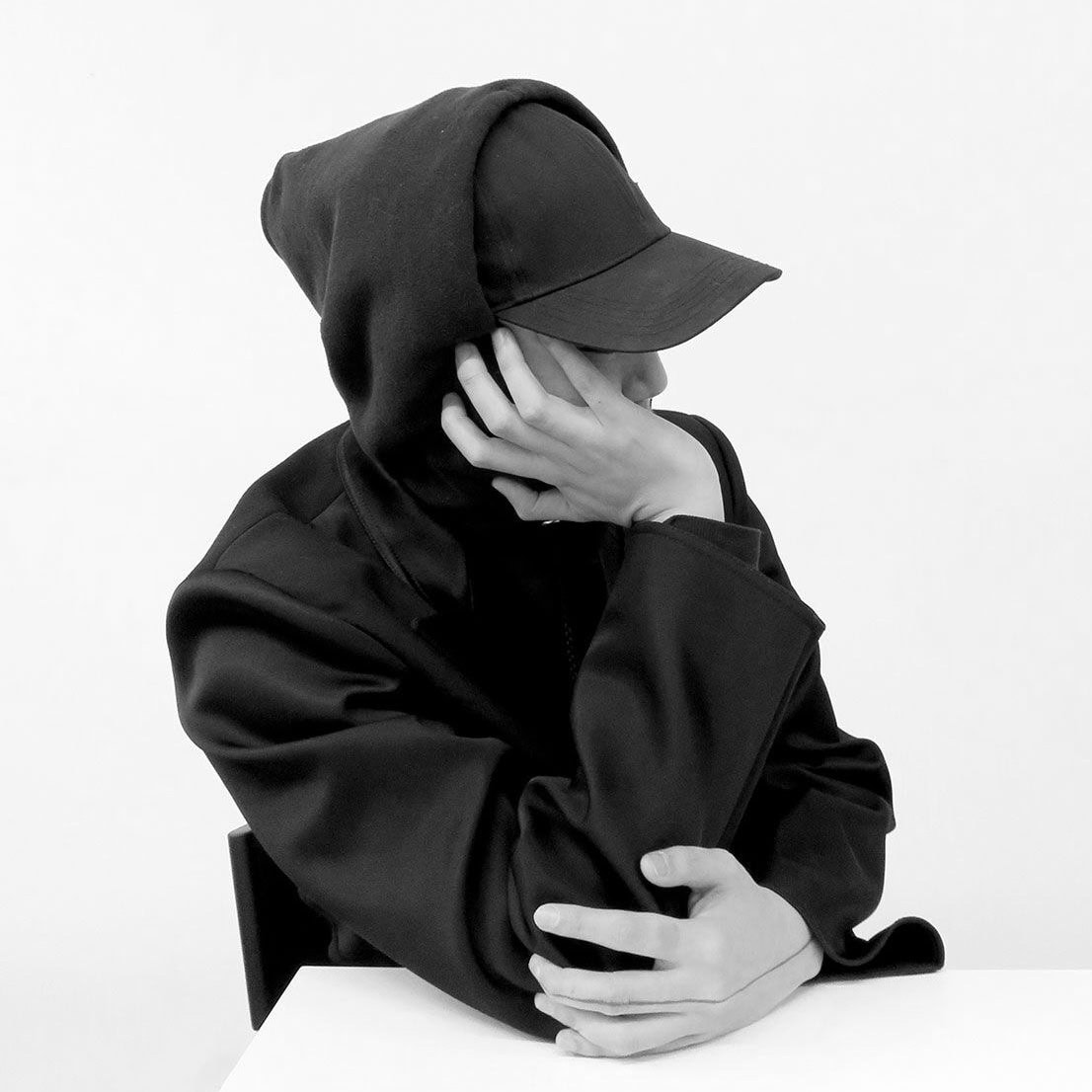
A graduate of the Fashion Institute of Technology, a winner of the Graduates Awards in the inaugural LVMH Prize for Young Fashion Designers in 2014, a new hire by Phoebe Philo at Celine then at Derek Lam, Peter Do started on his own in mid-2018 with a group of friends and debuted for Spring 2019 with a mission of deploying his technical skills with an emphasis on tailoring but with built-in details that subvert classical constructions but with the assurances of craftsmanship and correct fit.
Although Do studied tailoring at FIT, it was at Celine that he learned the complexities of the flou or the softer dressmaking techniques. Do has yet to present any of his collections in any formal ways, either in New York or elsewhere, on the official calendar. Instead, he opted to show to buyers in Paris during men’s and women’s haute couture calendar, a time when many of the houses show cruise and pre-fall collections.
Do, a Vietnamese American born in Viet Nam, is a young designer with a different mindset and a thought process based more on the garment-making process than, say, with upcycling and recycling that are obsessions of other talents in fashion today. His bolero-vest jacket pantsuits, cut-out jackets, relaxed pants, or double-layer two-tone jacket and perfectly cut flare pants fulfilled the aspirations of the brand’s “youthful approach to design” that was founded on “razor-sharp tailoring, architectural construction, and honest textiles” as stated in the company website.
Do states he is “dedicated to creating a new future in fashion through thoughtful design.”
Sunnei
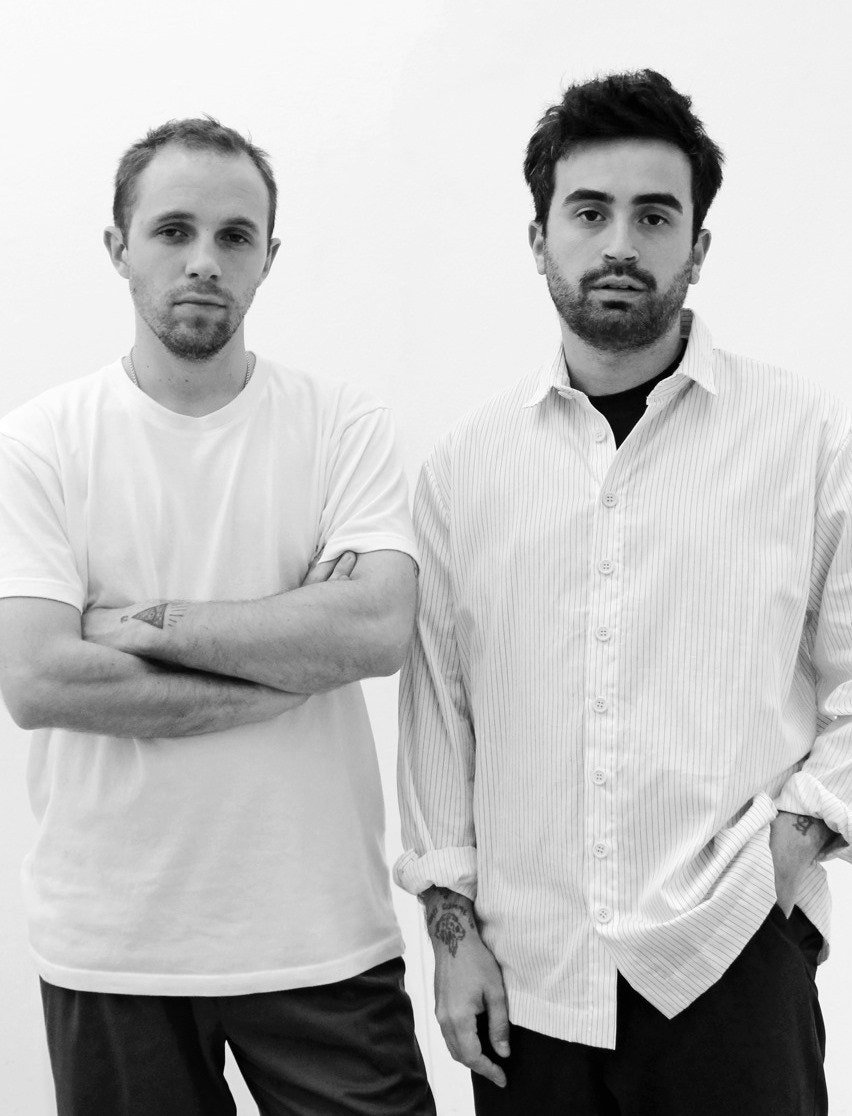
Loris Messina is French, and Simone Rizzo is Italian. Their Sunnei brand is a joint work of passion as neither had any fashion training in school, but the former worked as visual merchandise. The latter worked as a digital buyer at Gucci, debuting in 2015 with a small collection for Spring 2016 working with Maiocchi, a fabric manufacturer in Como that made technical fabrics for clients from Prada to the Chinese Army.
As the pair met over travels and photography, both Messina and Rizzo shared their affinities in their collections – one inspired by a holiday in Calabria or other travel adventures ahead. Their clothes can be safely described as a seamless mixture between streetwear and high fashion, but their aesthetics fall somewhere in between in that grey zone. The pair staged their first runway escapade for Spring 2017 in Milan followed by a more substantive one that January for the Fall 2017 season with the inside out denim outfits, the knitwear, and the cord drawstring waist trousers that became Sunnei’s staples.
But the pair’s Spring 2021 Canvas presentation for the first digital Milan men’s fashion week in July is where they presented an all-white basic collection of garments that store buyers then consumers can make the specific decision as to colors and fabrics to special order the final product. It’s like ordering self-designed shoes at Nike.com. It is a radical suggestion for a new retail platform personalization that is still in its infancy in fashion.
Rizzo and Messina are driven creatively by the culture and by the visuals all around them rather than adopting any fashion dictate now or in the past. Their utilitarian wardrobe reflects this sensitivity to how people are wearing clothes.
